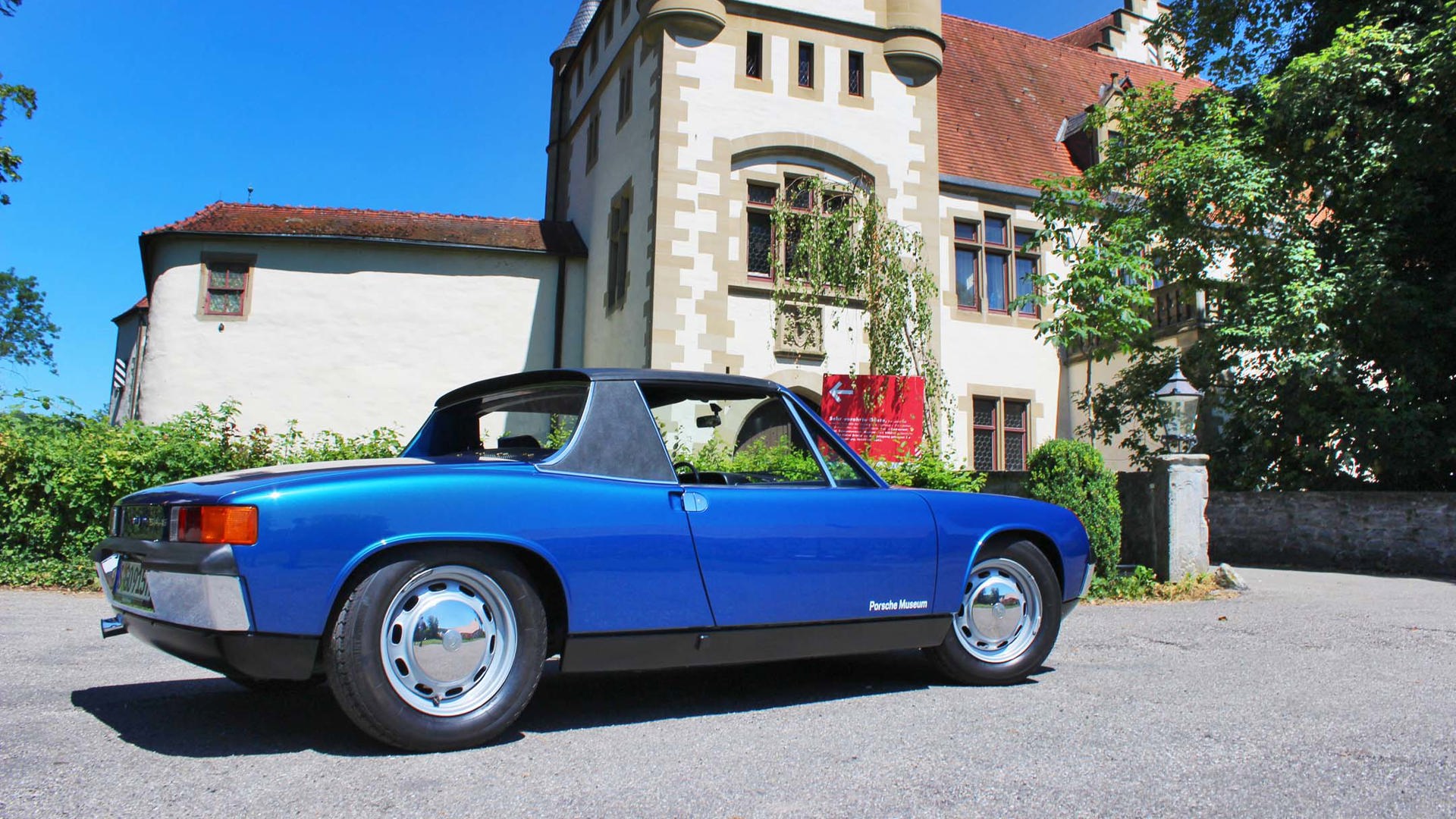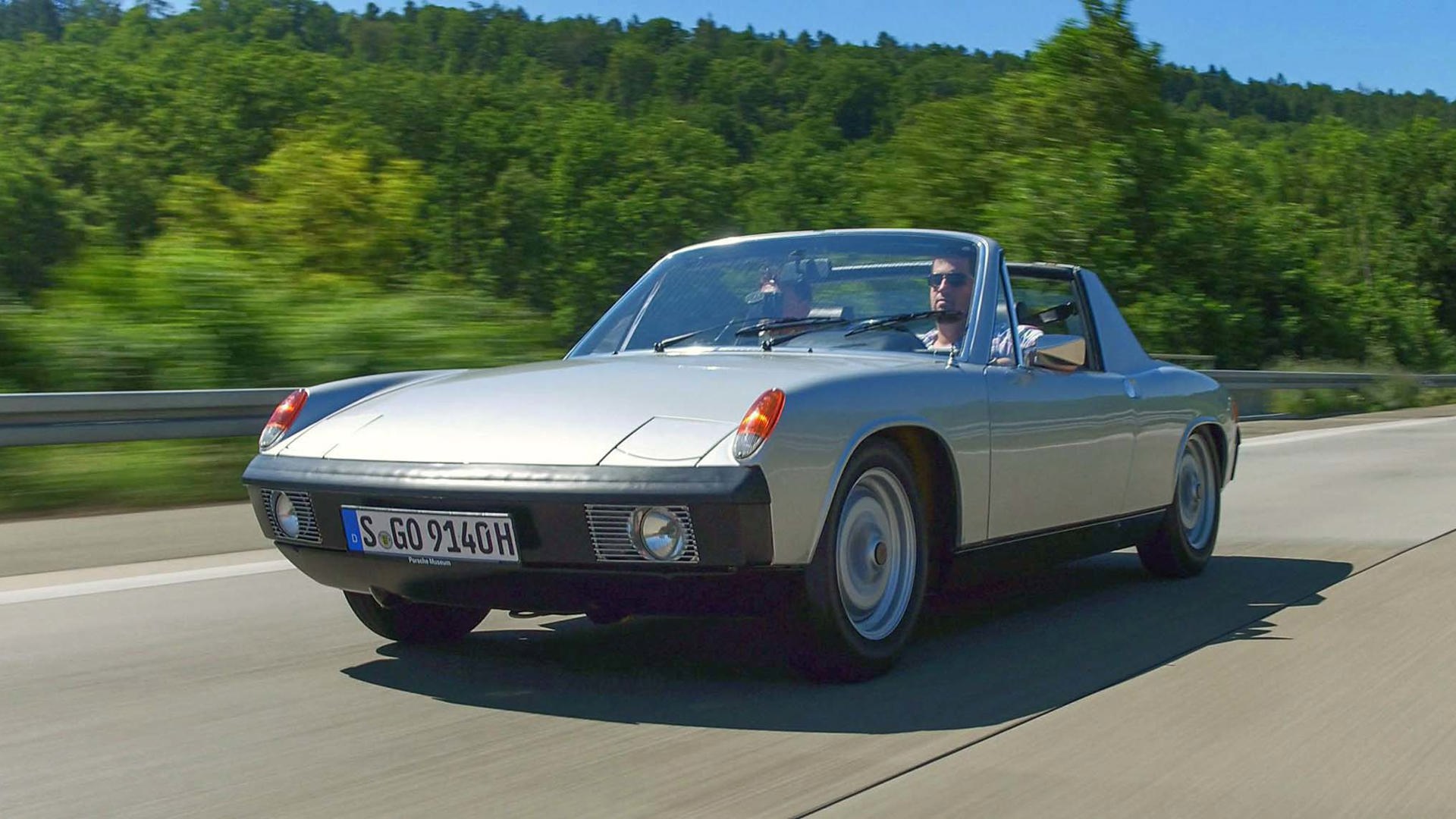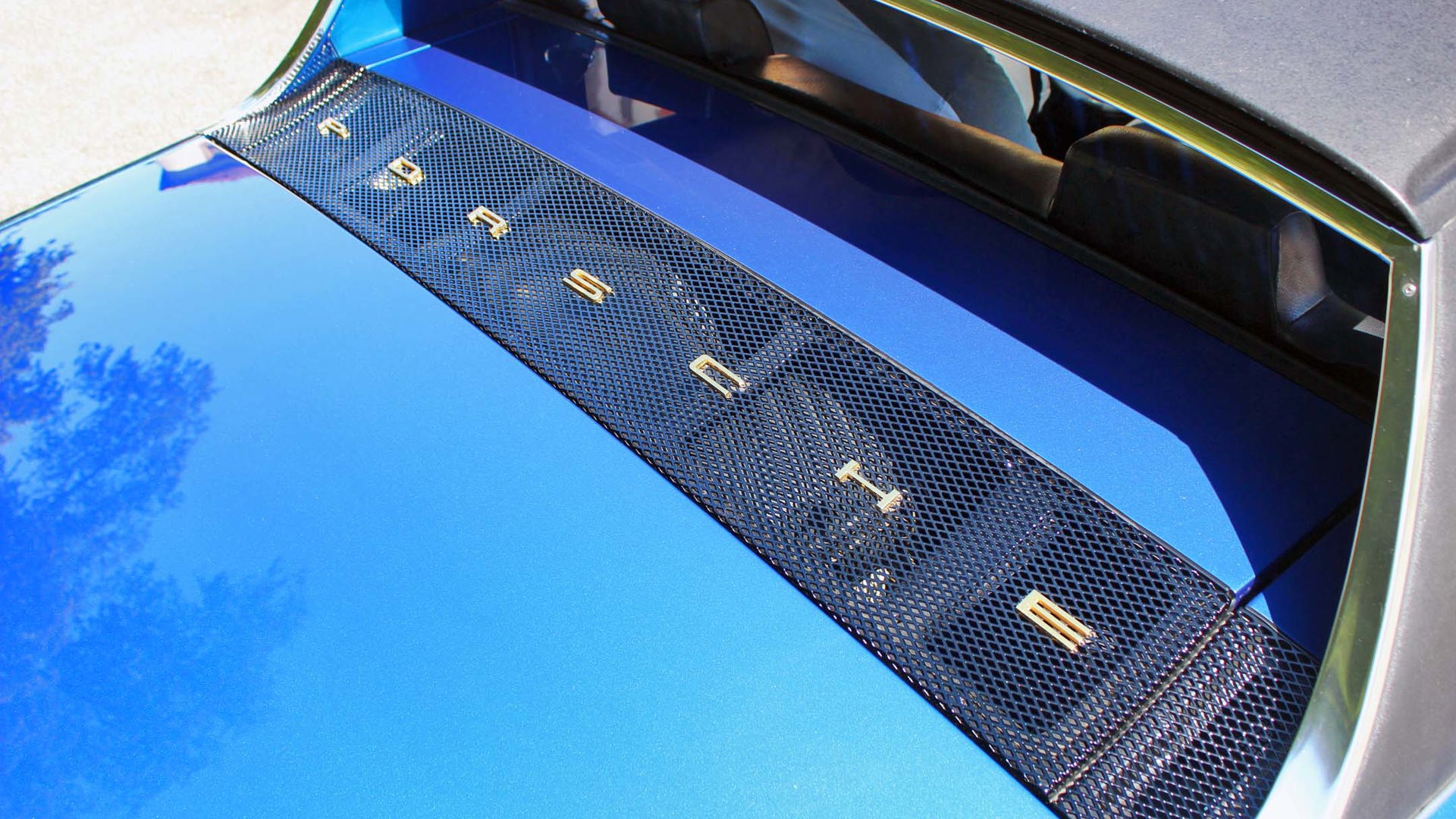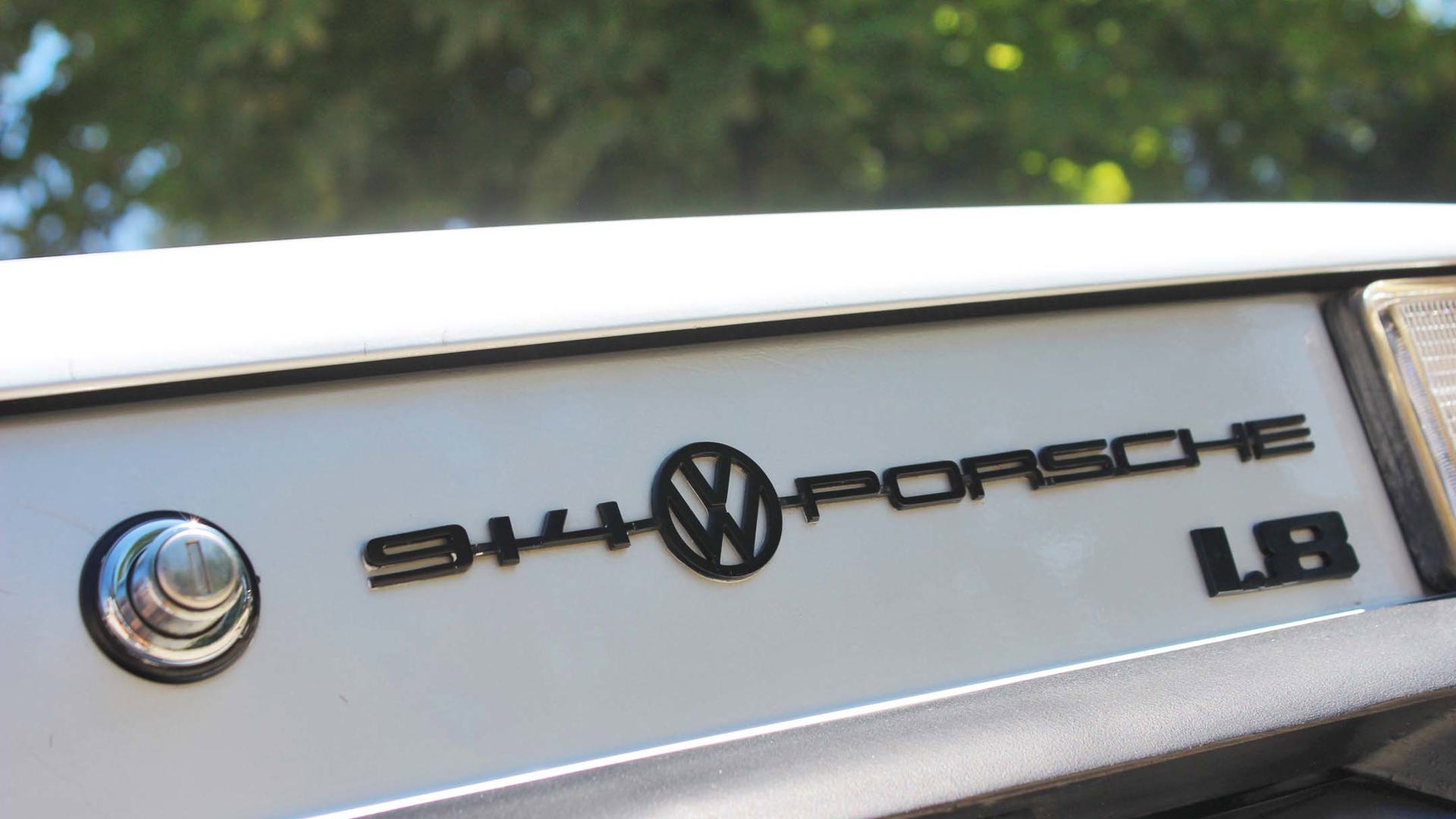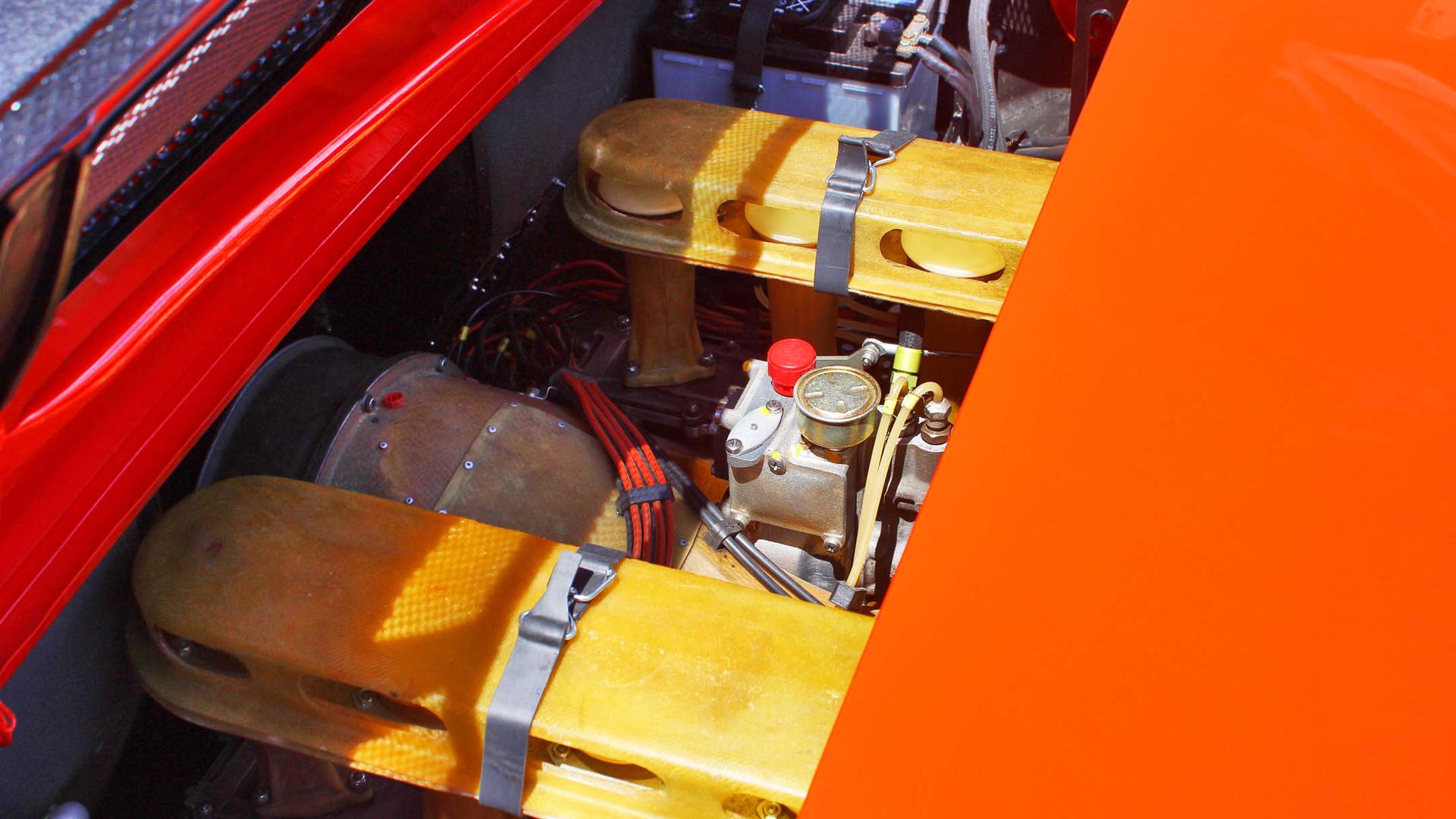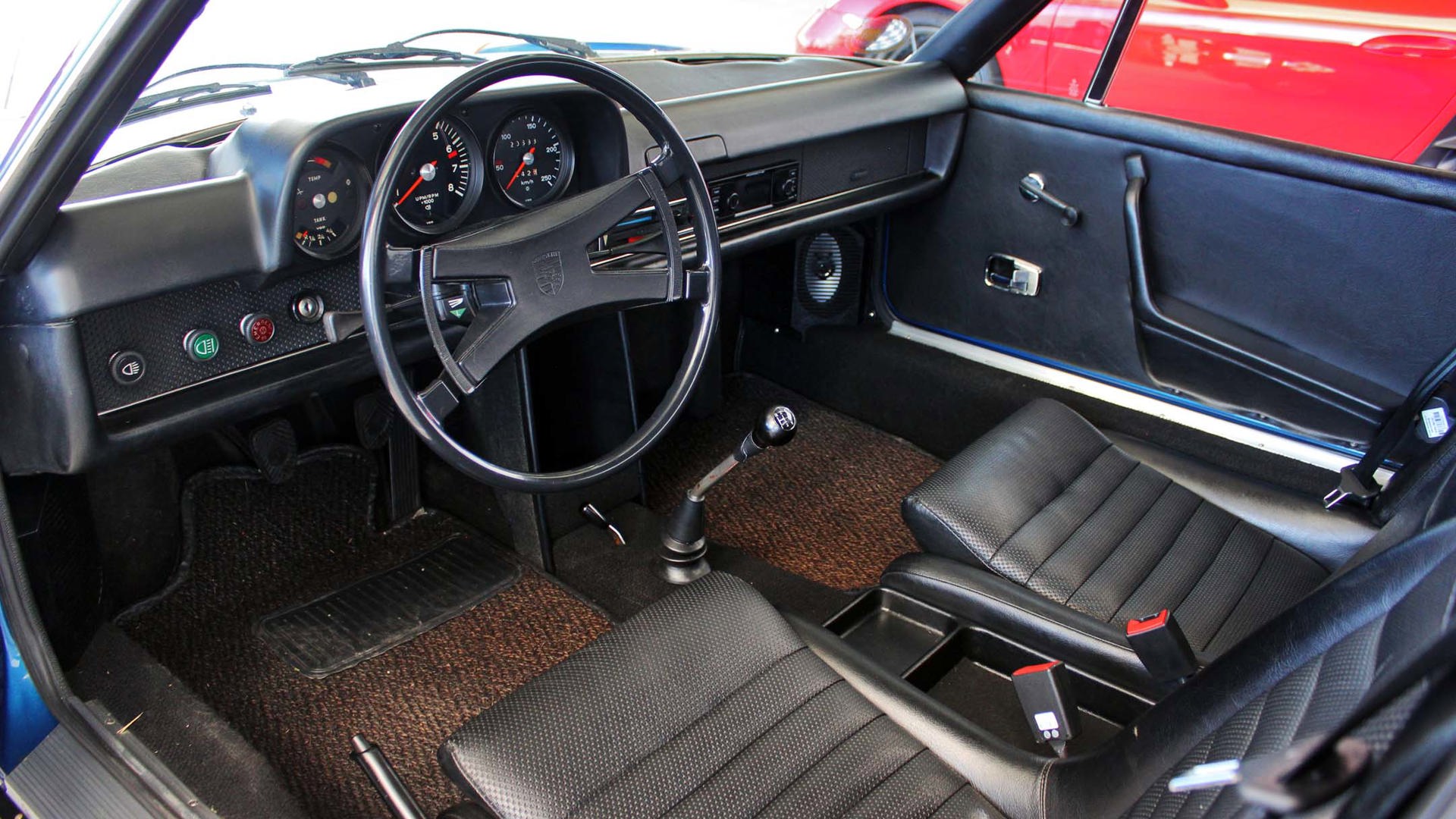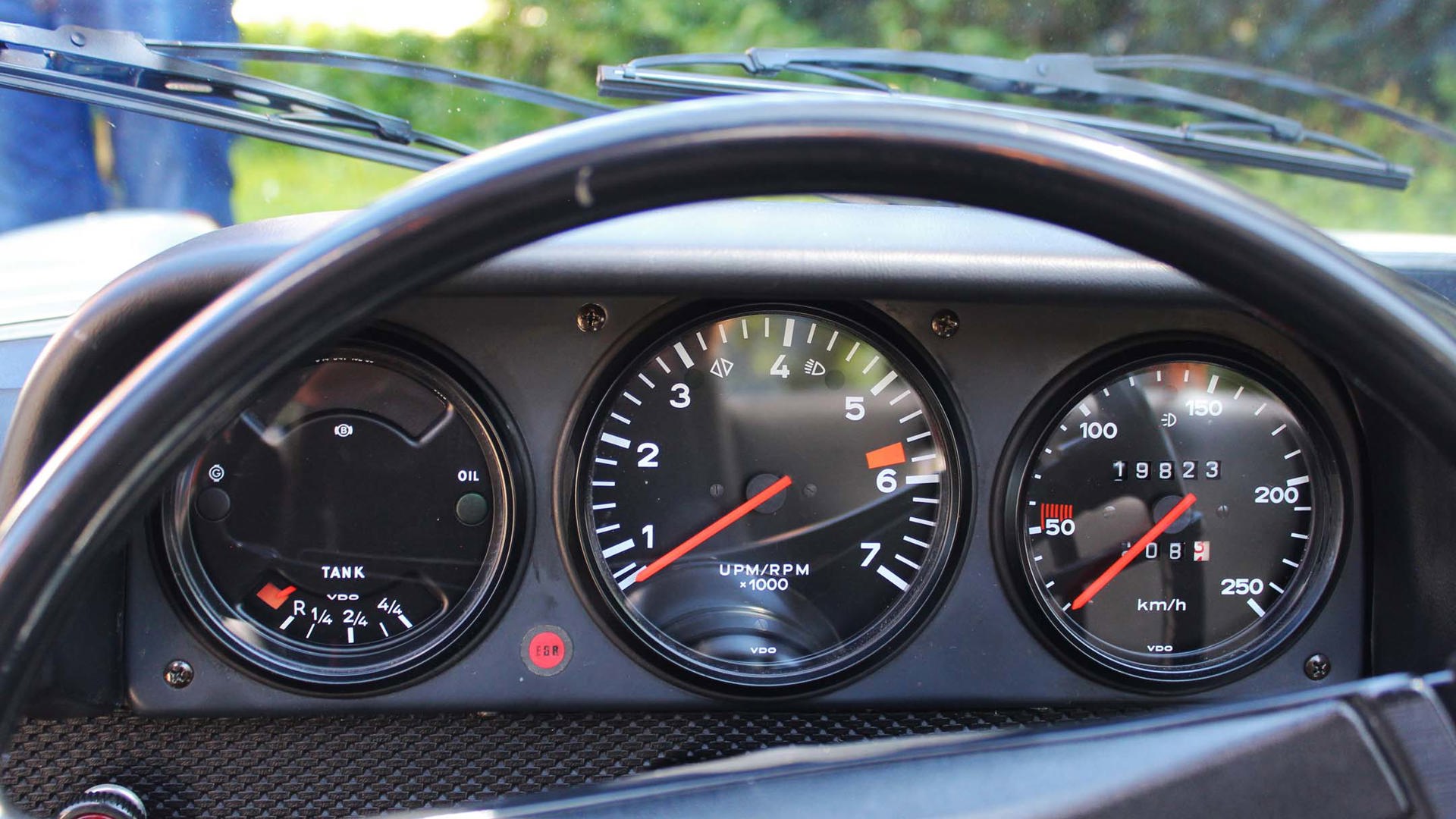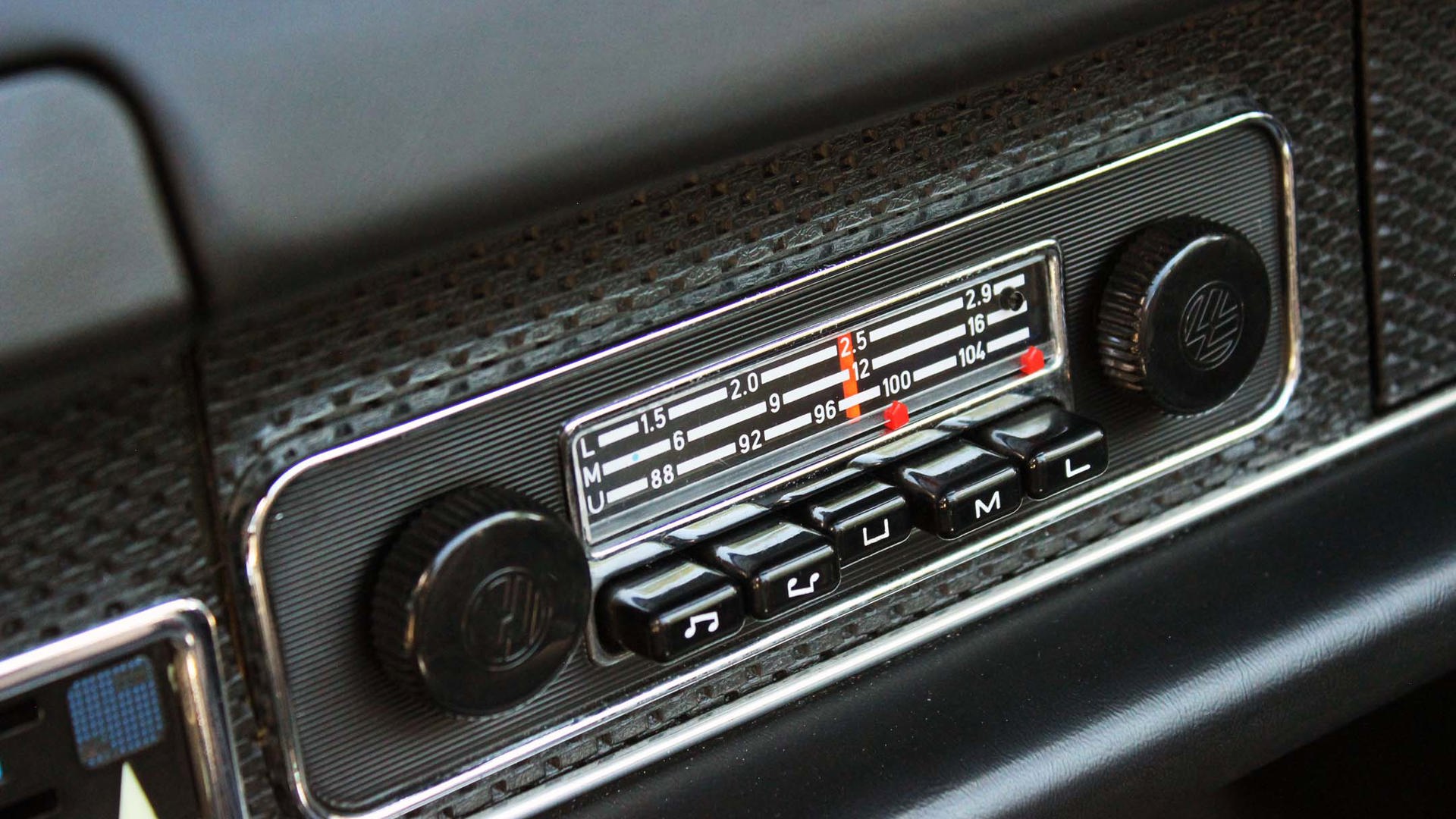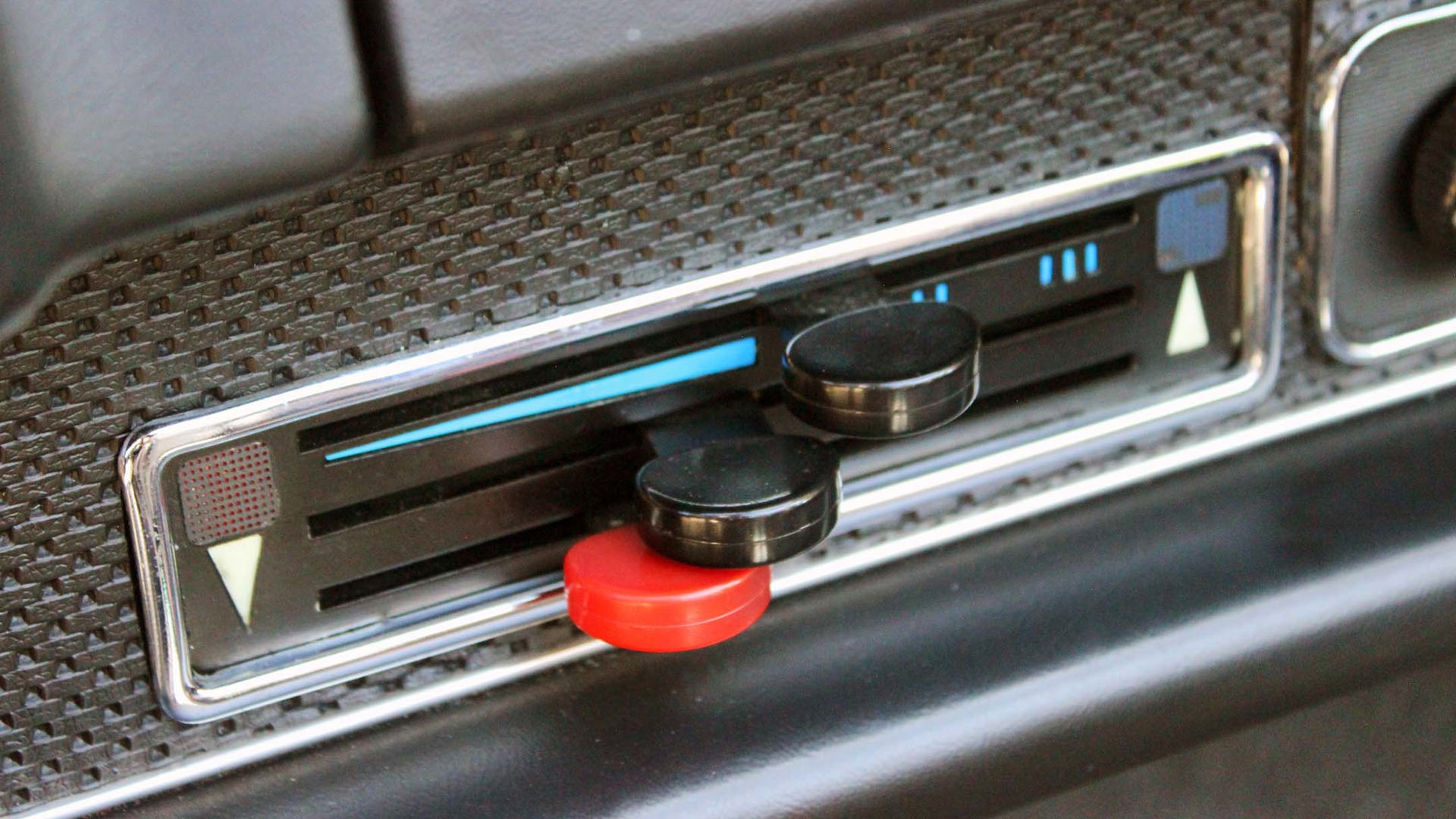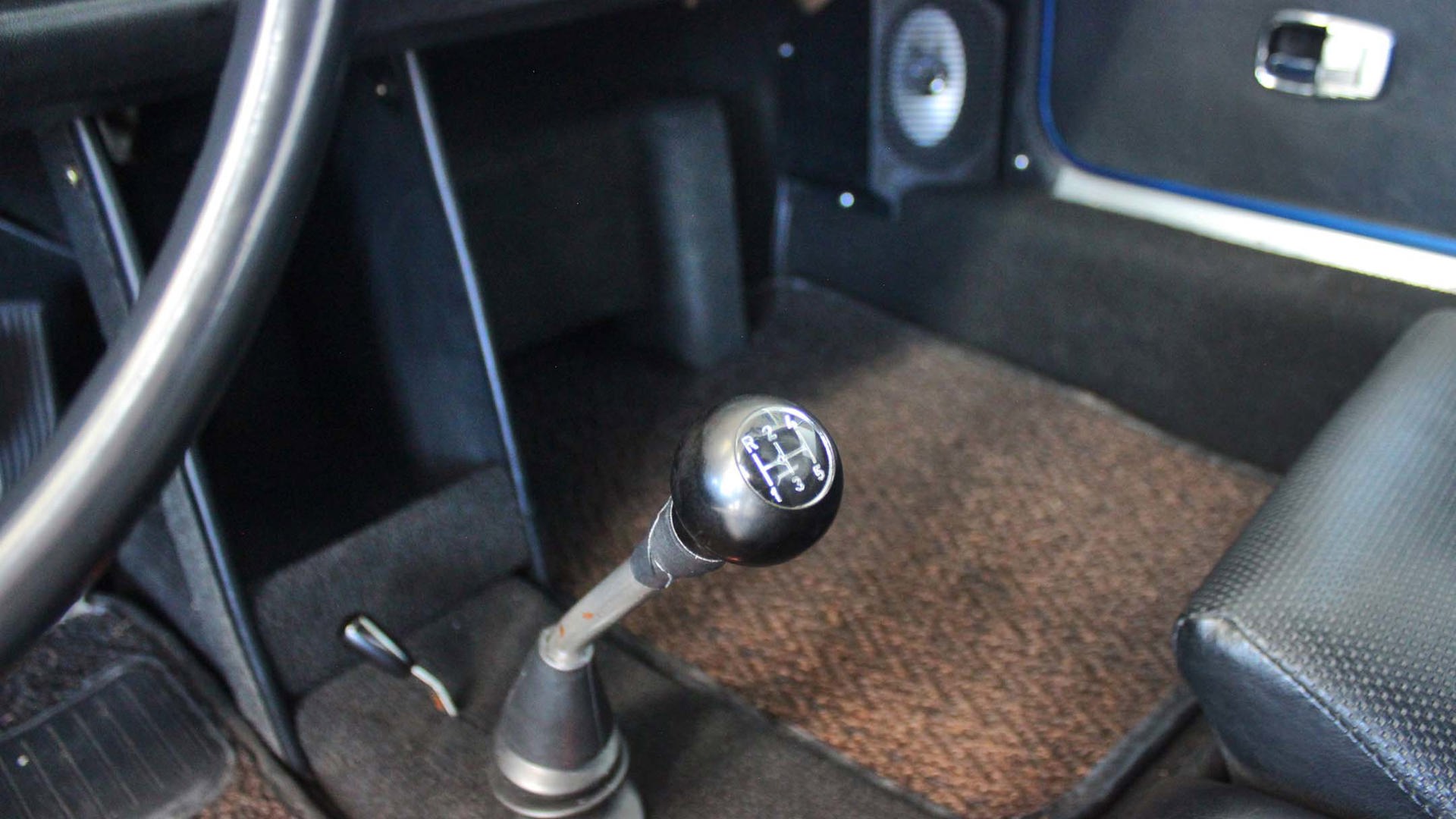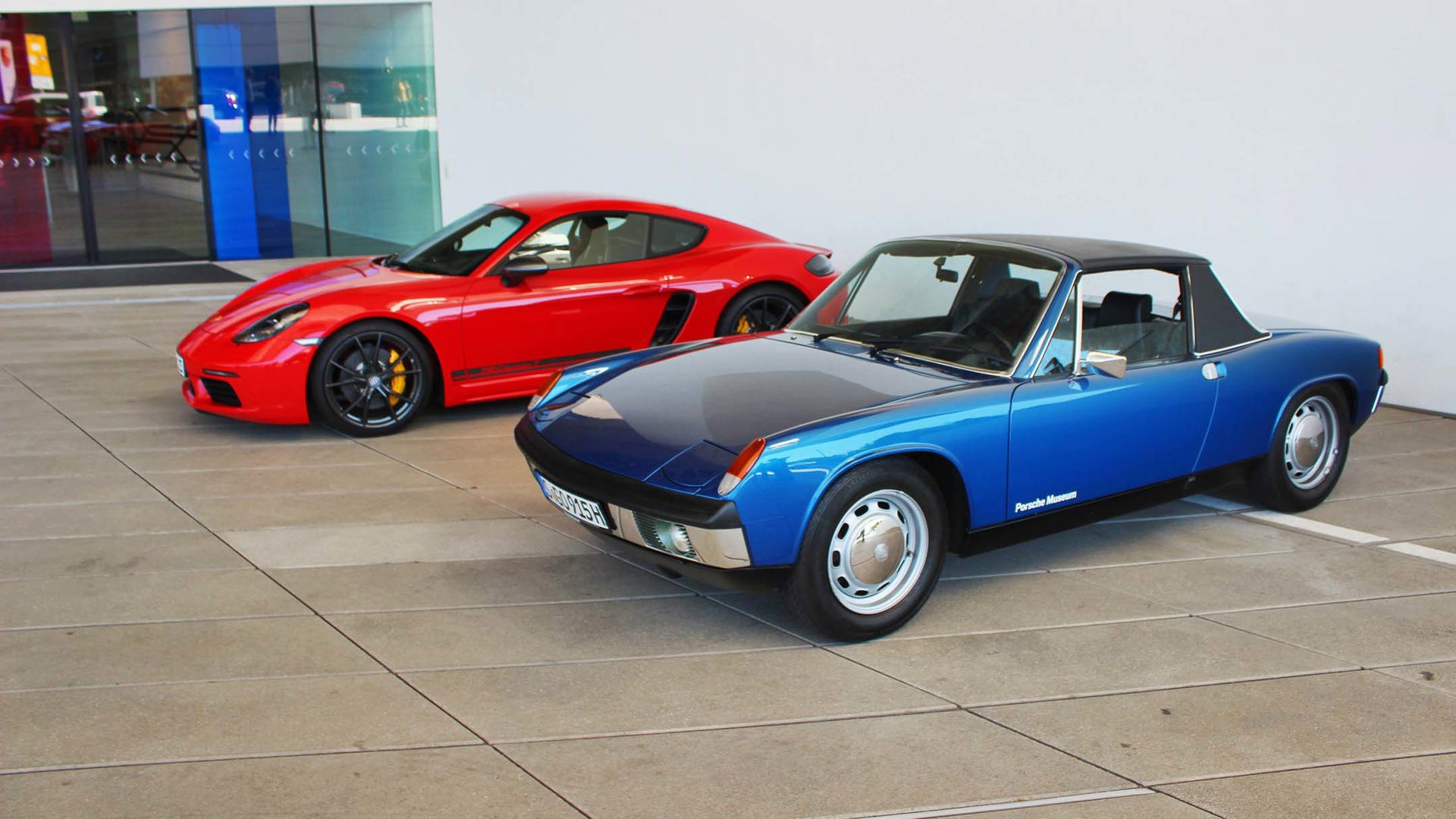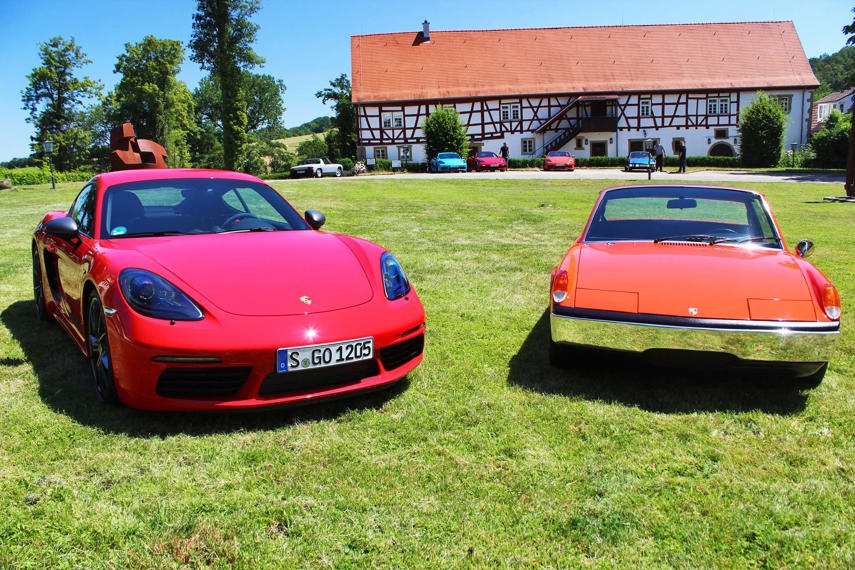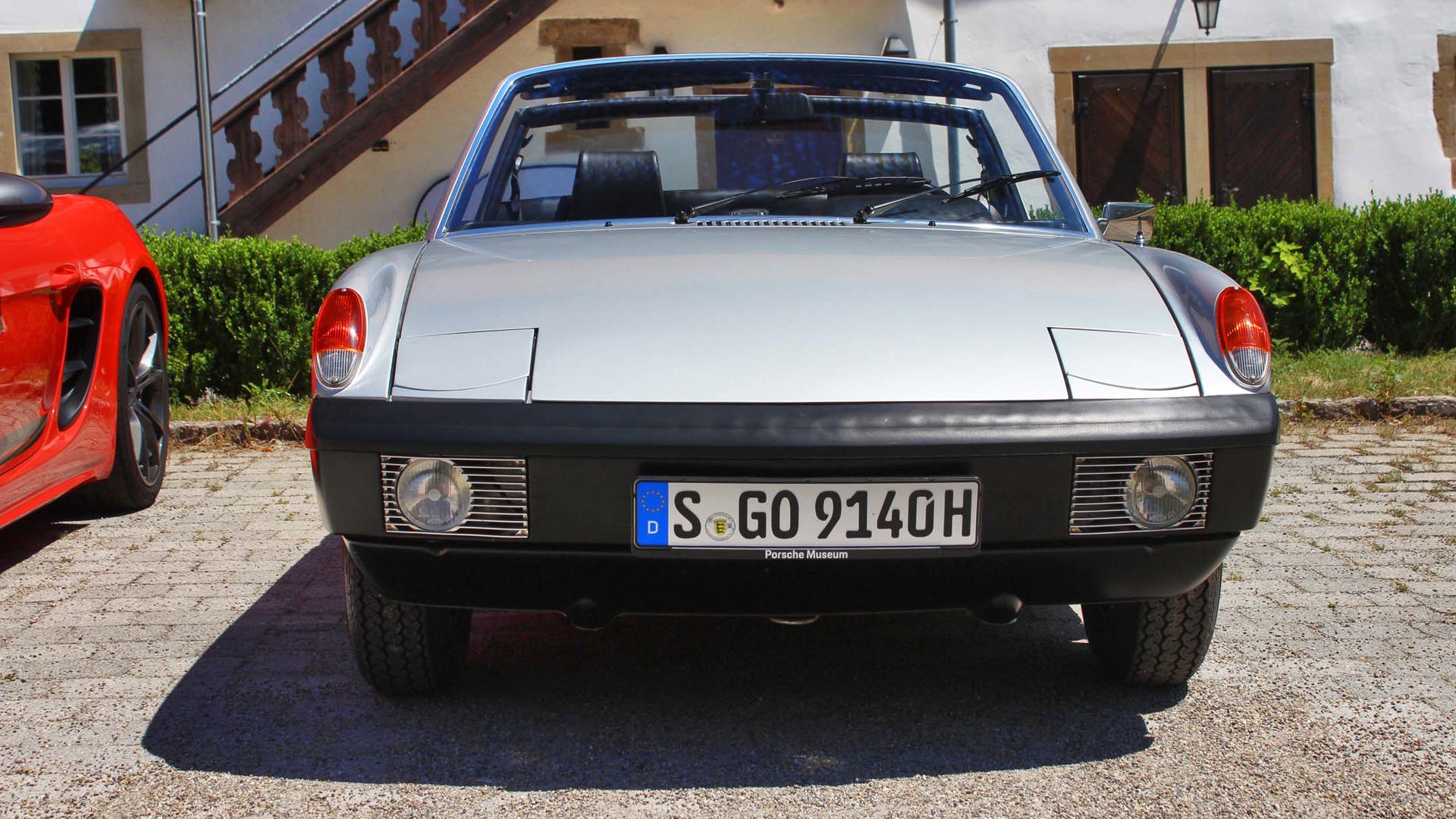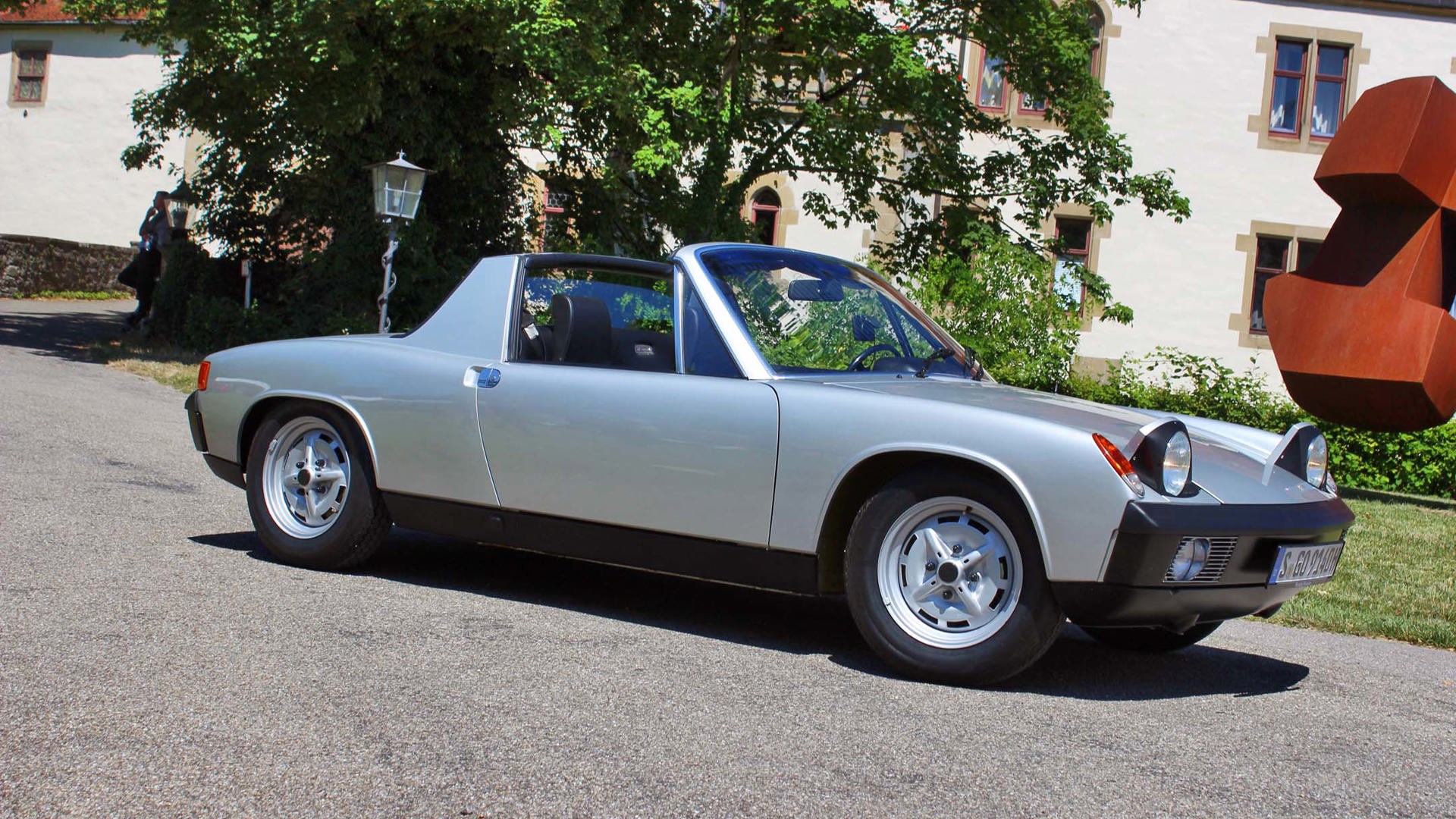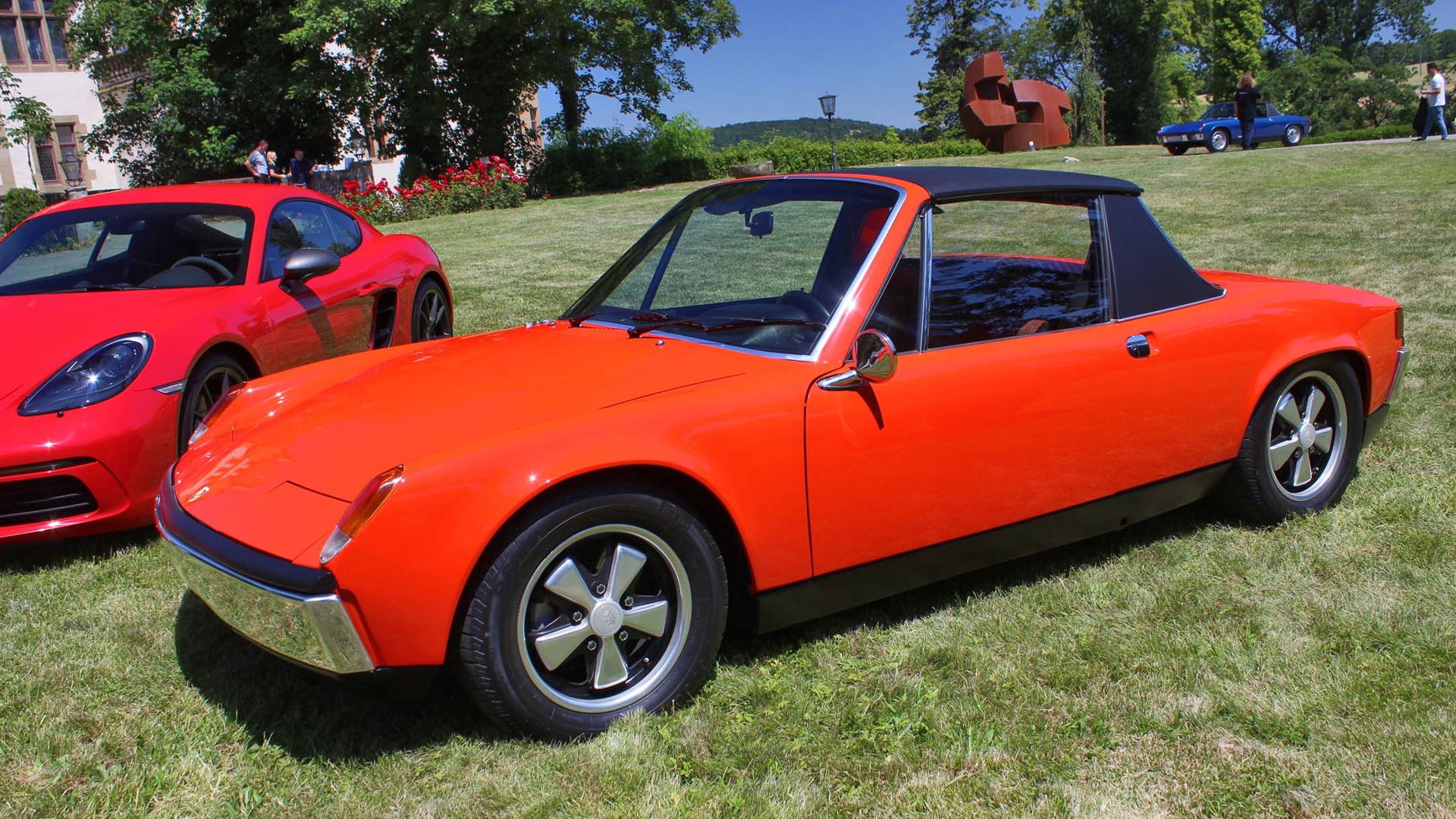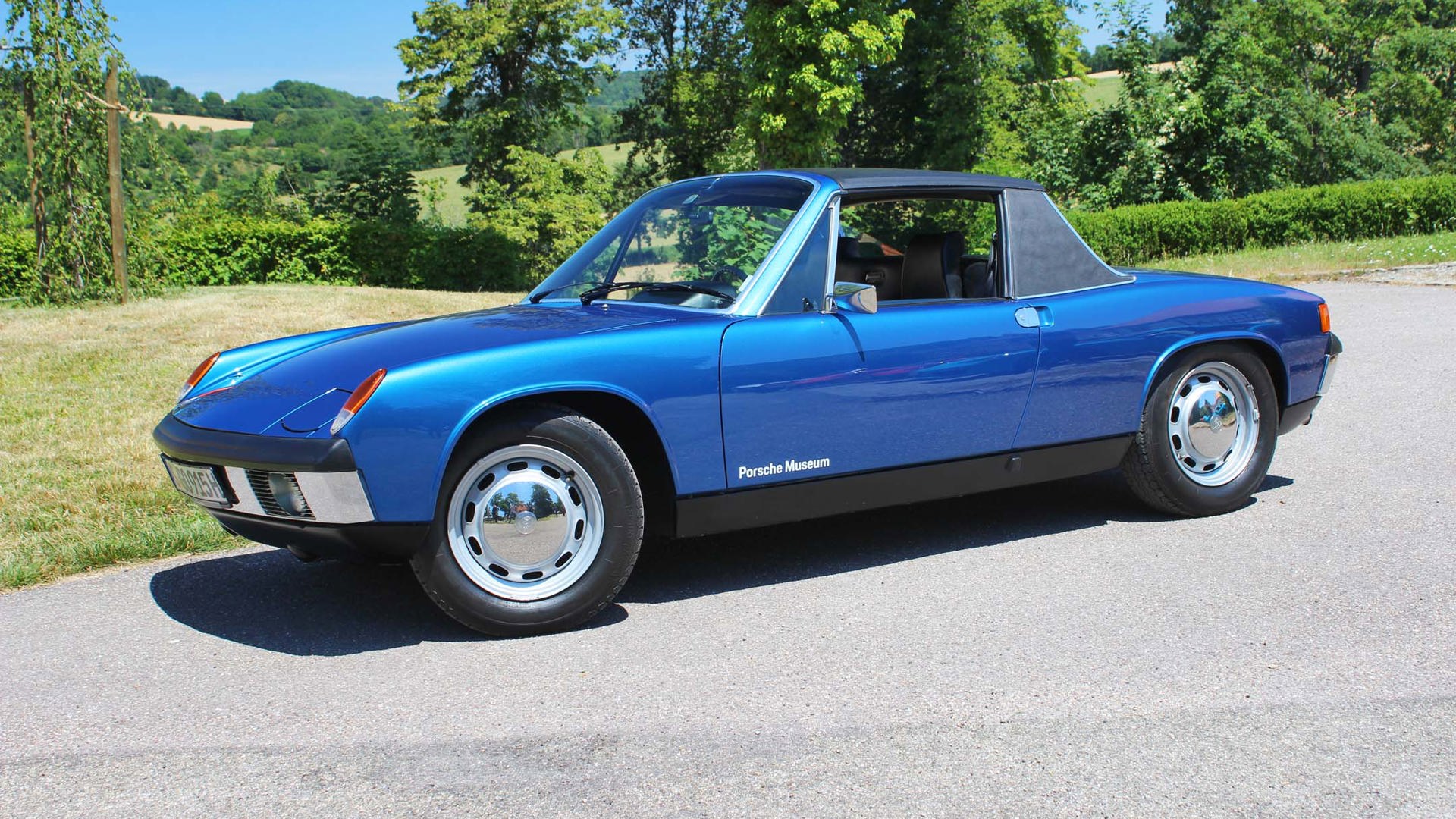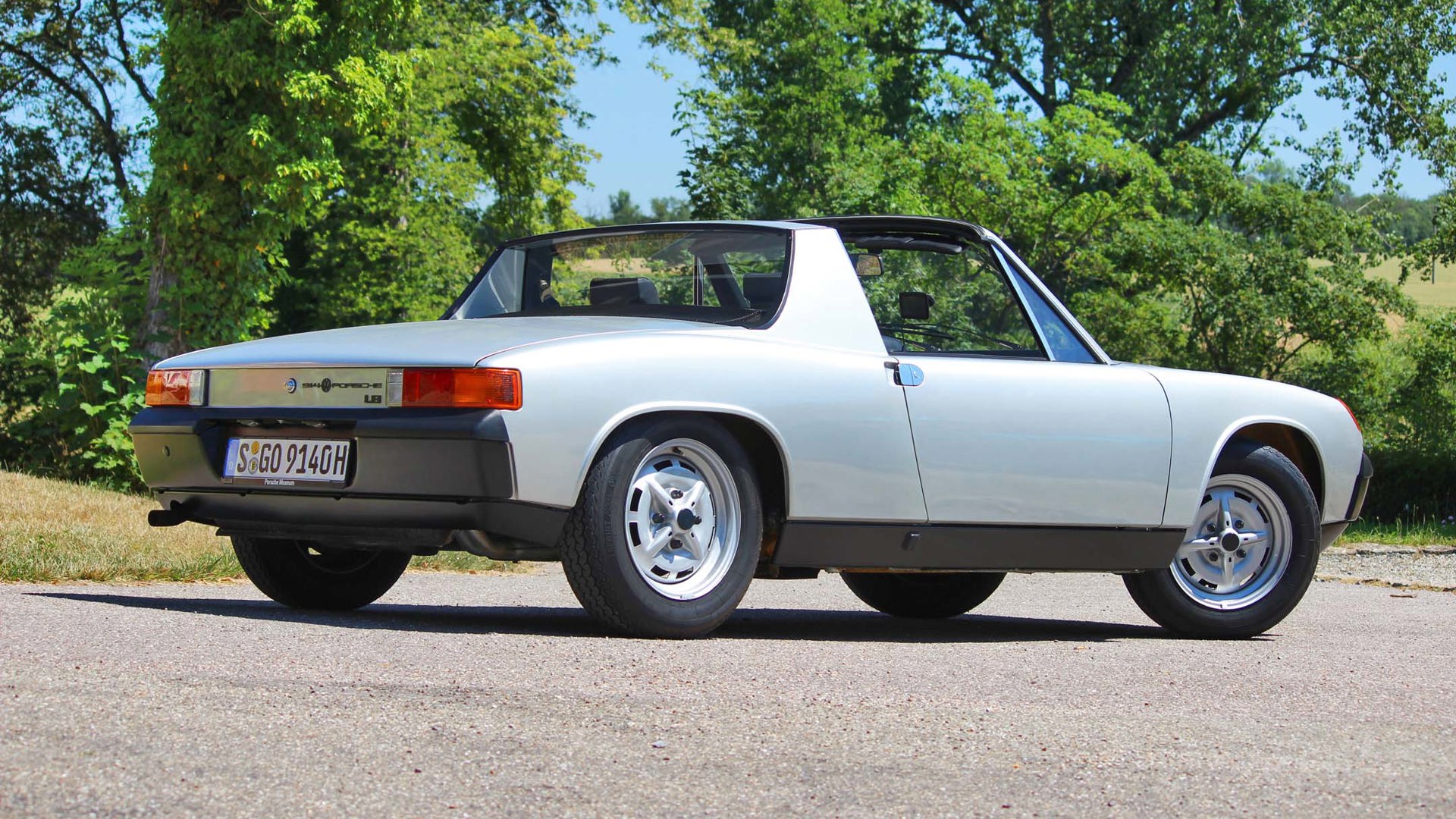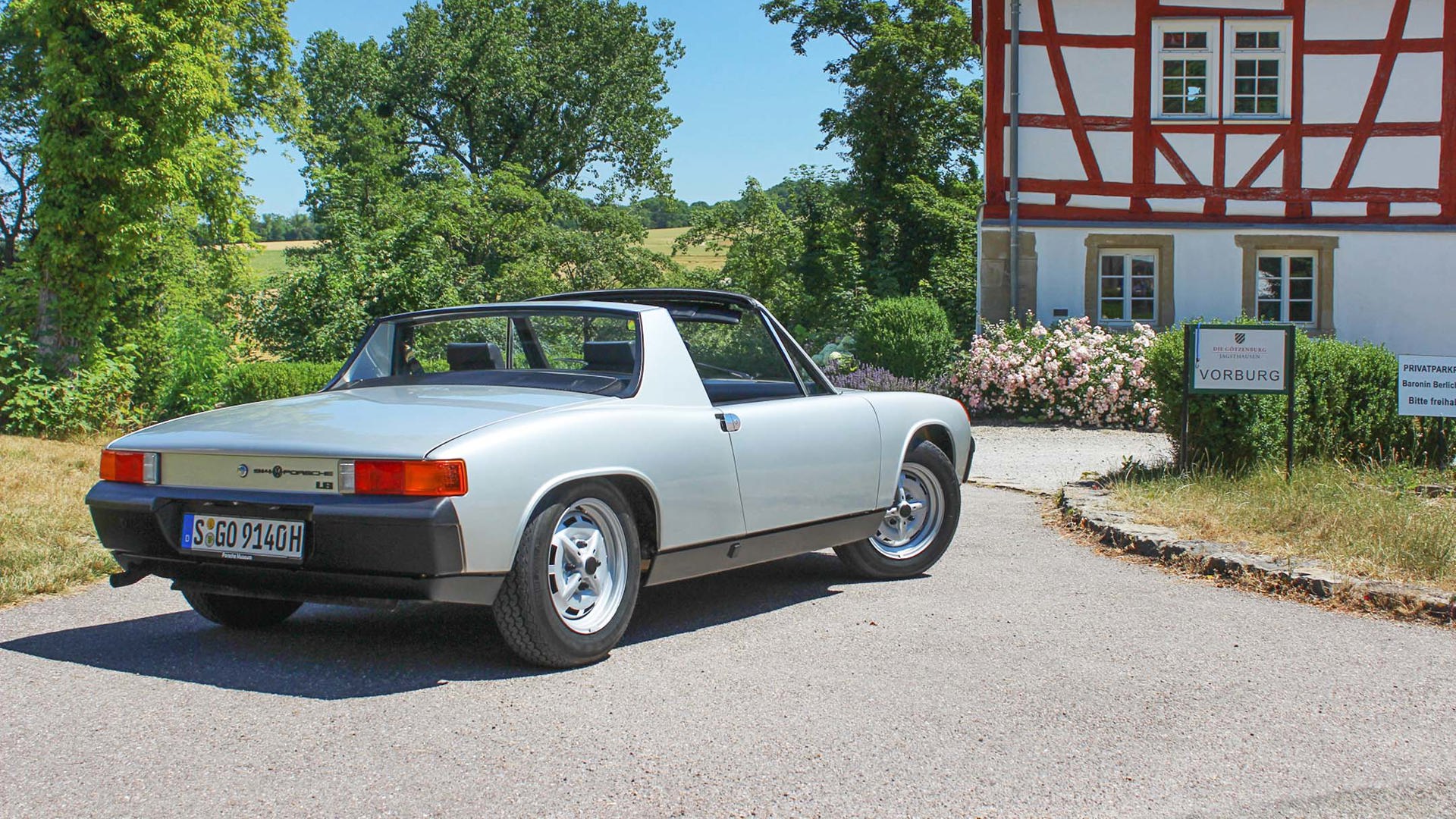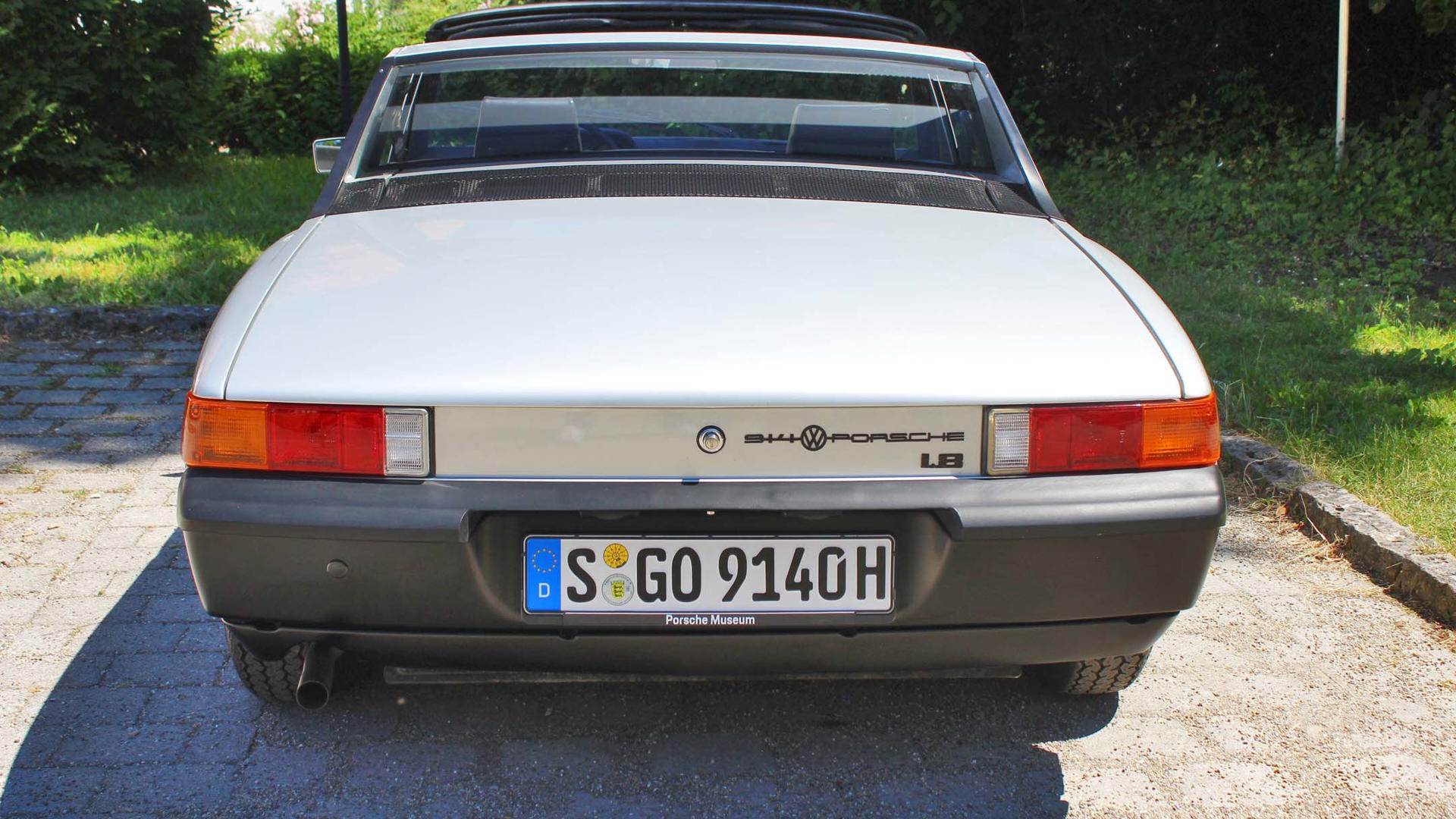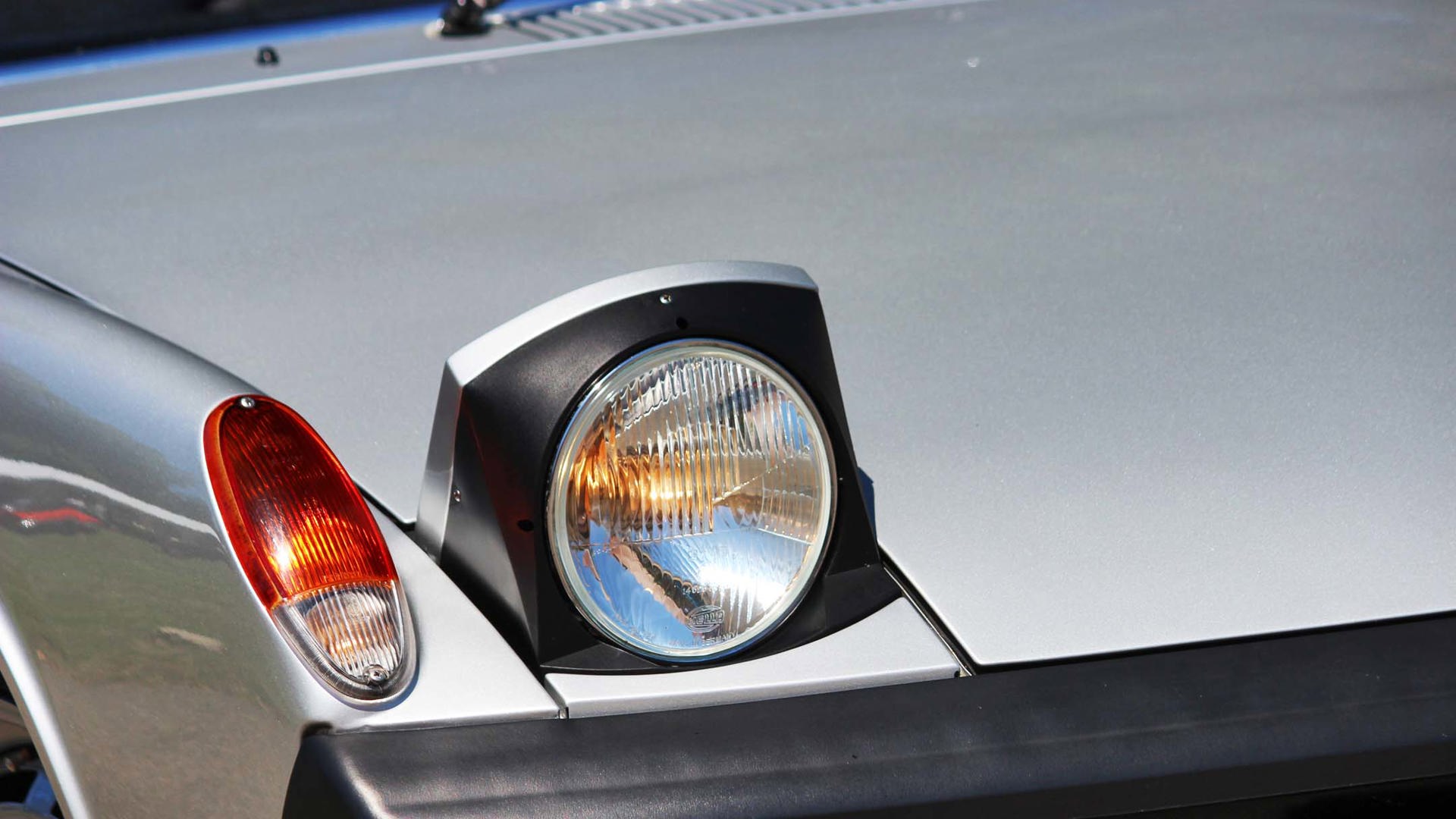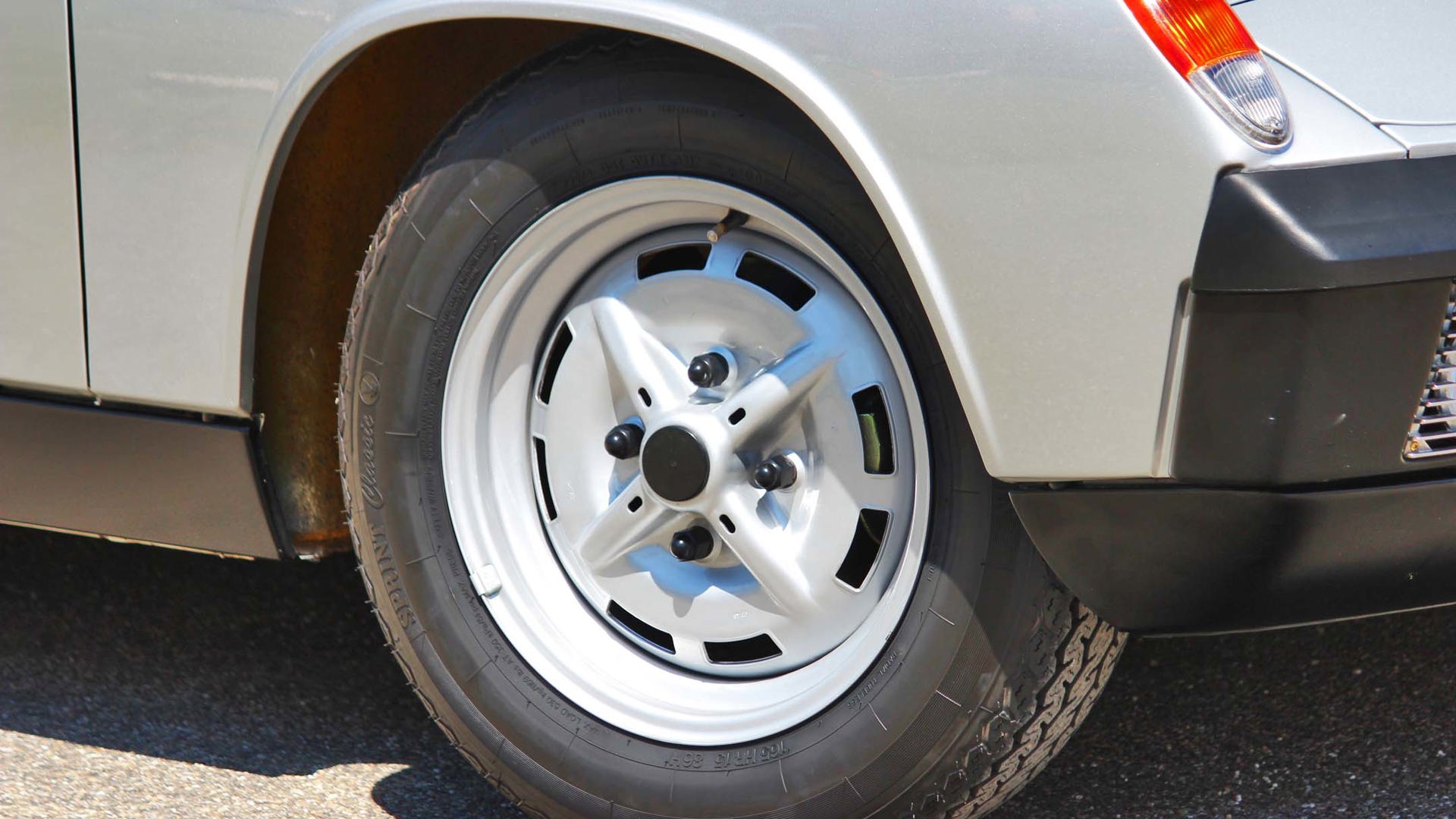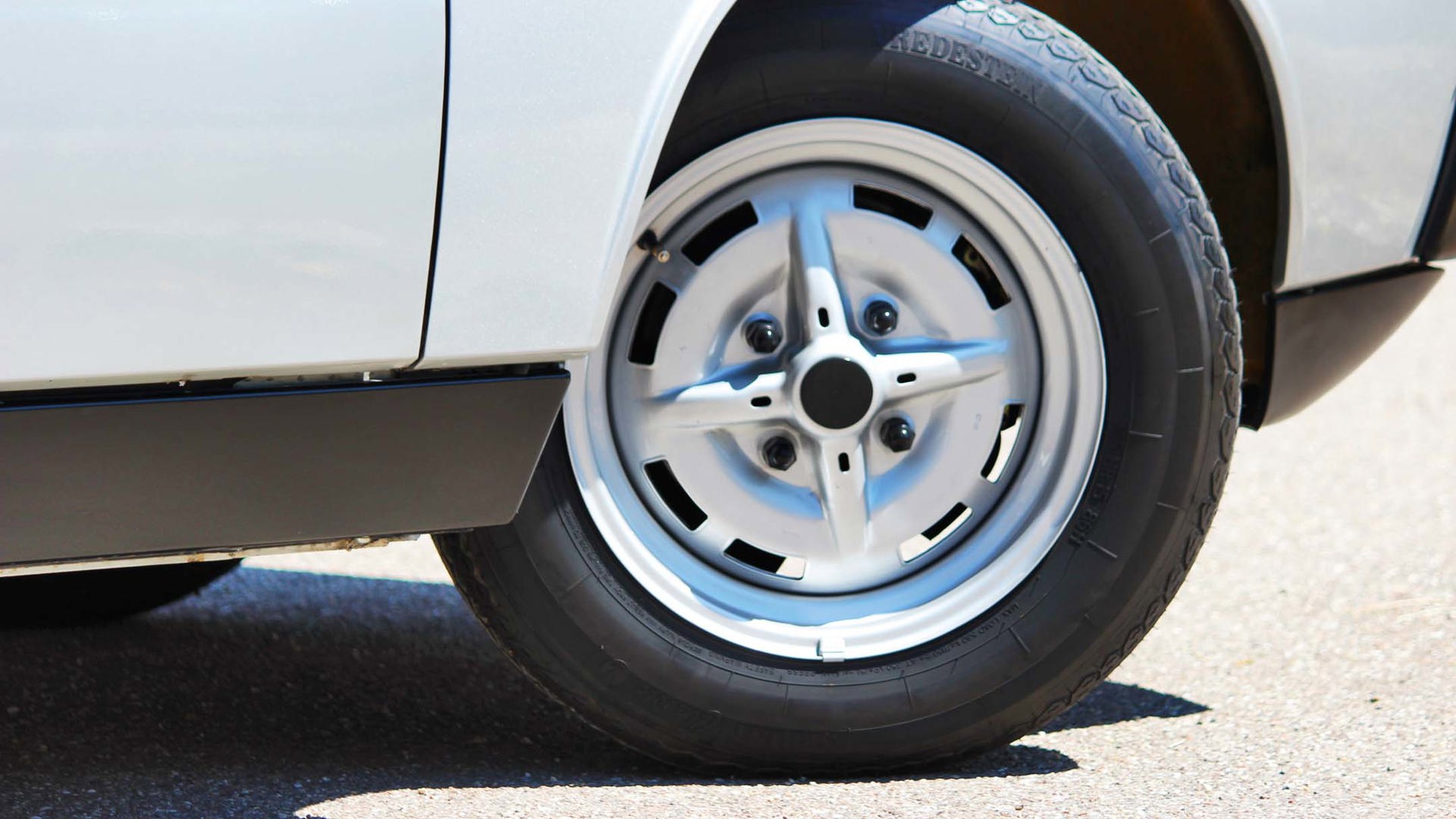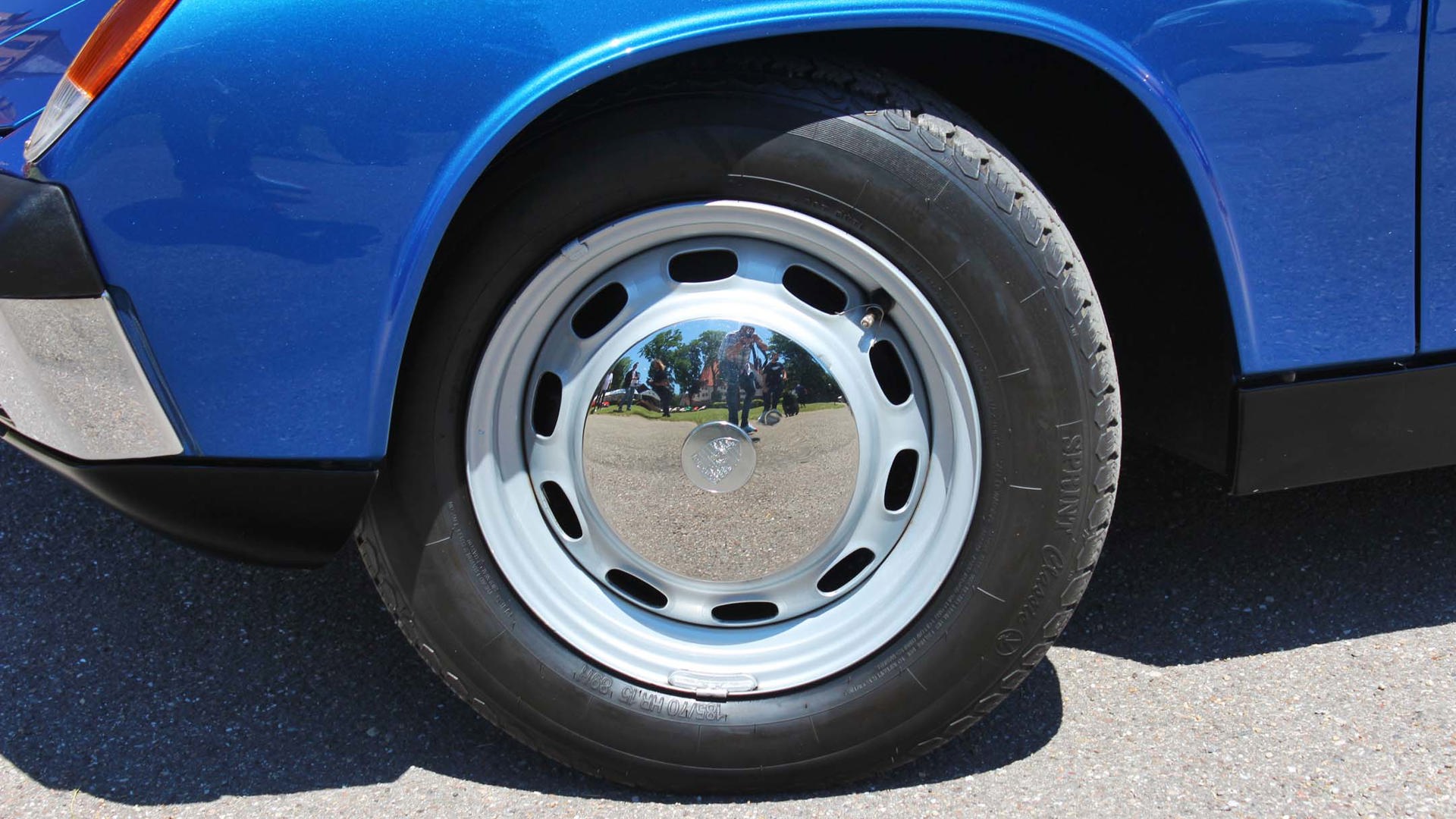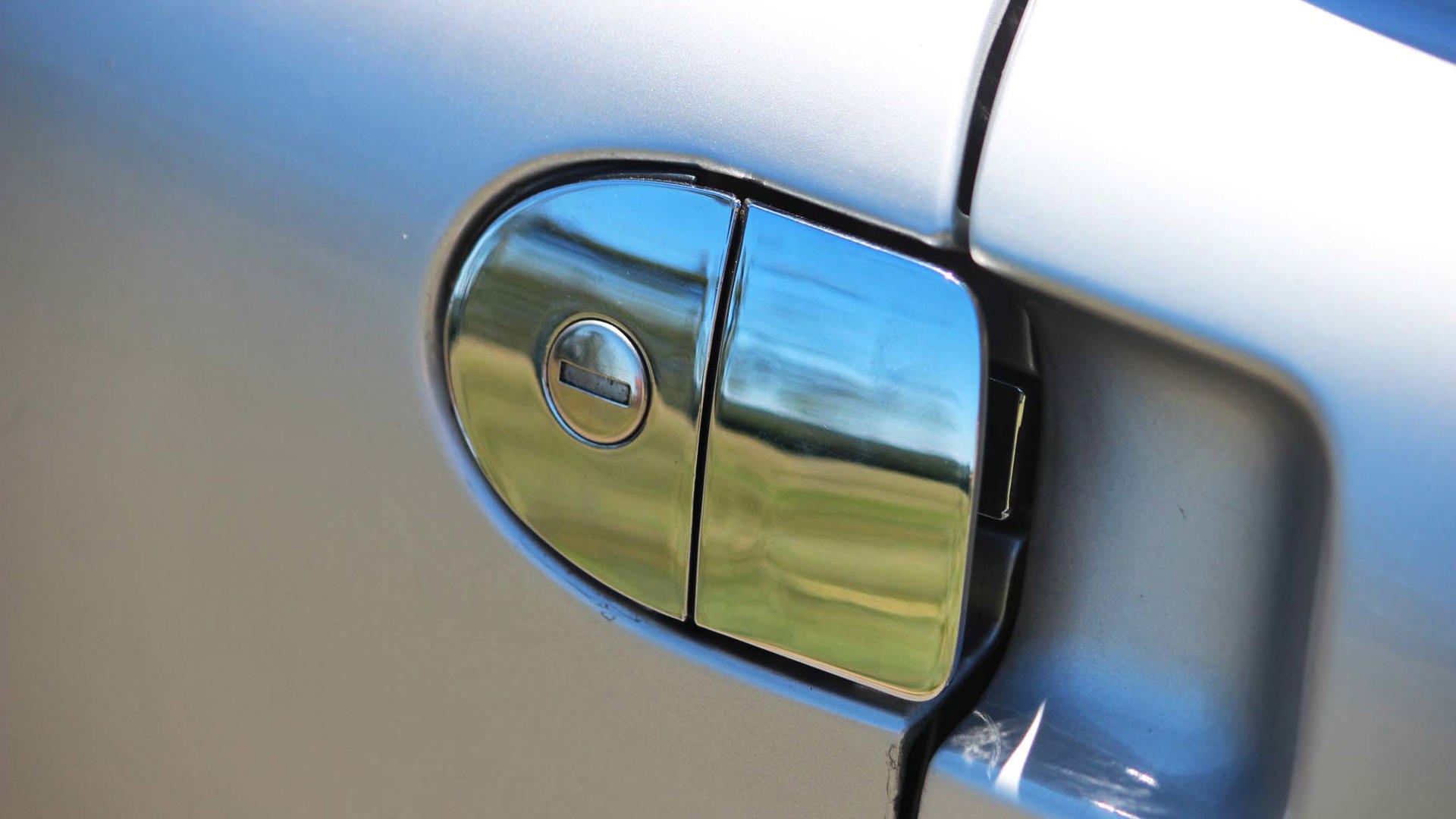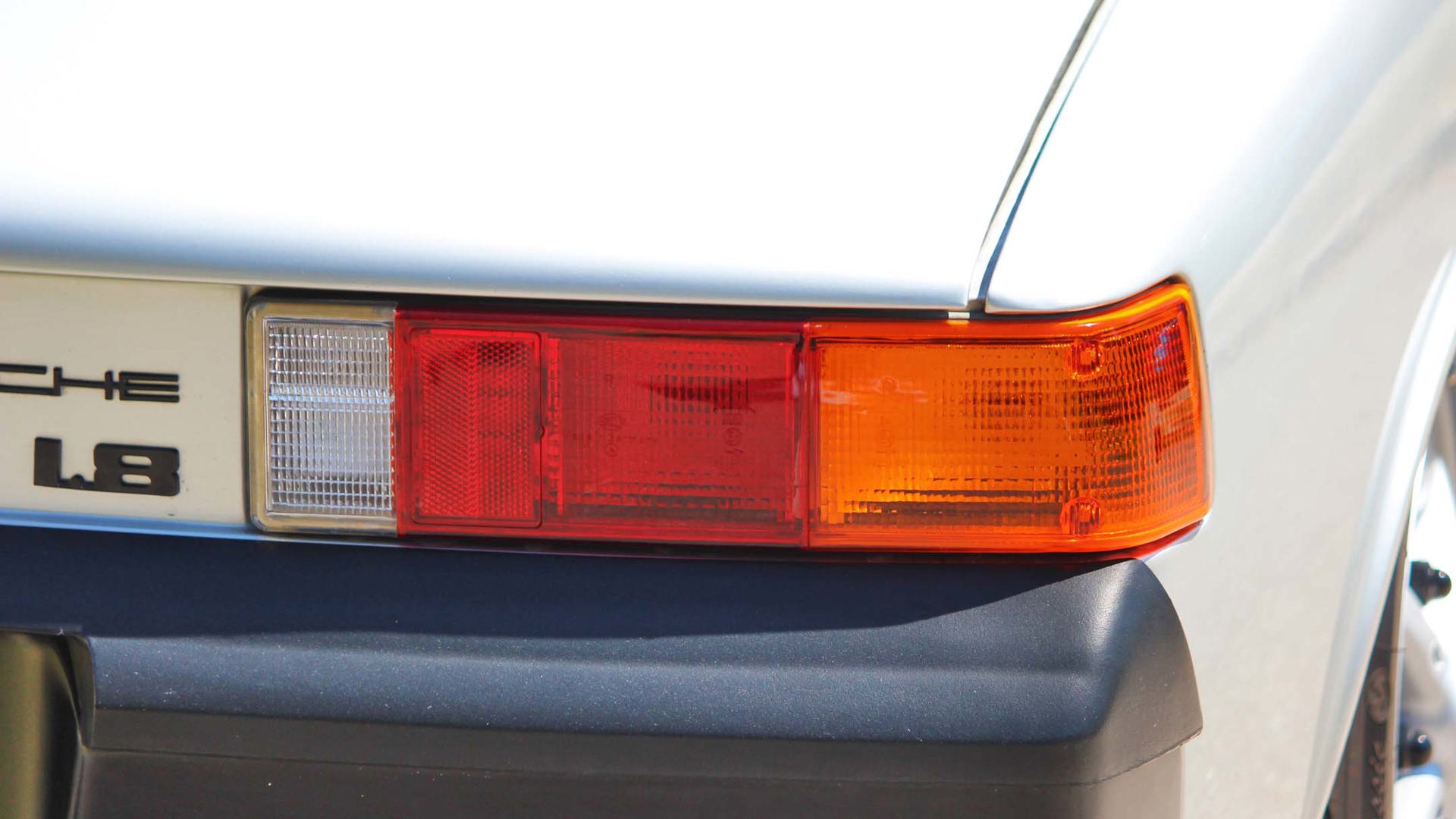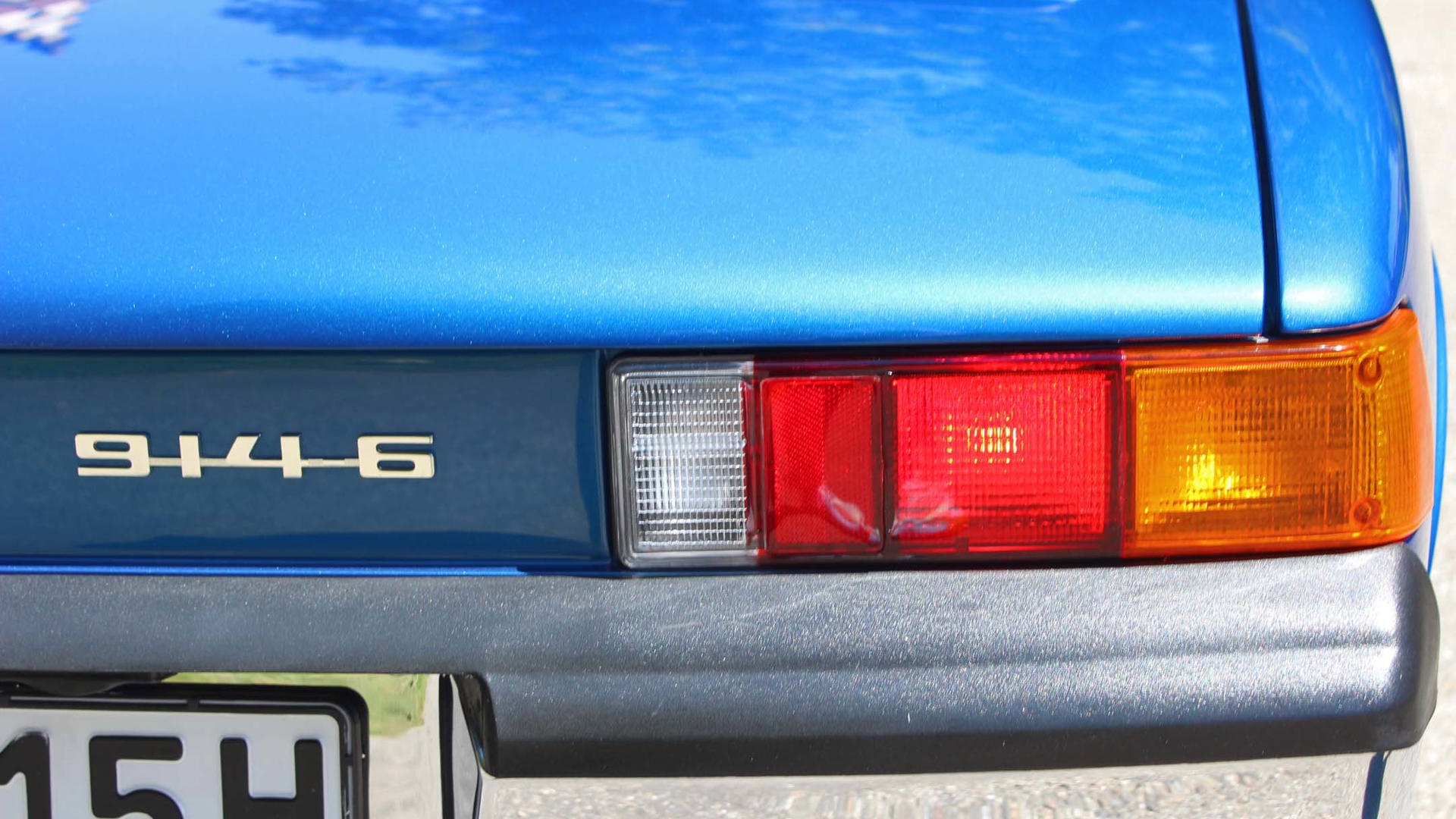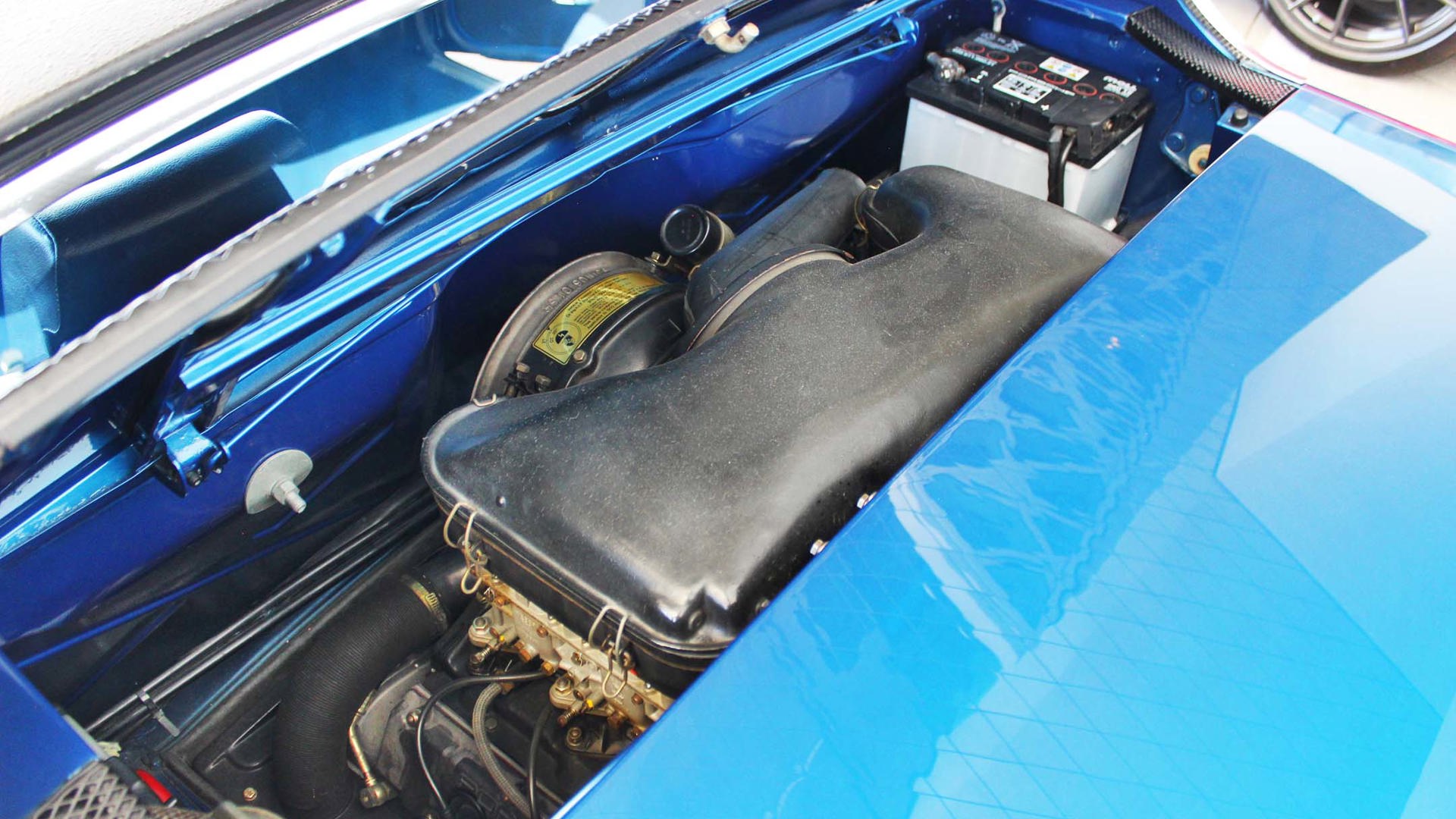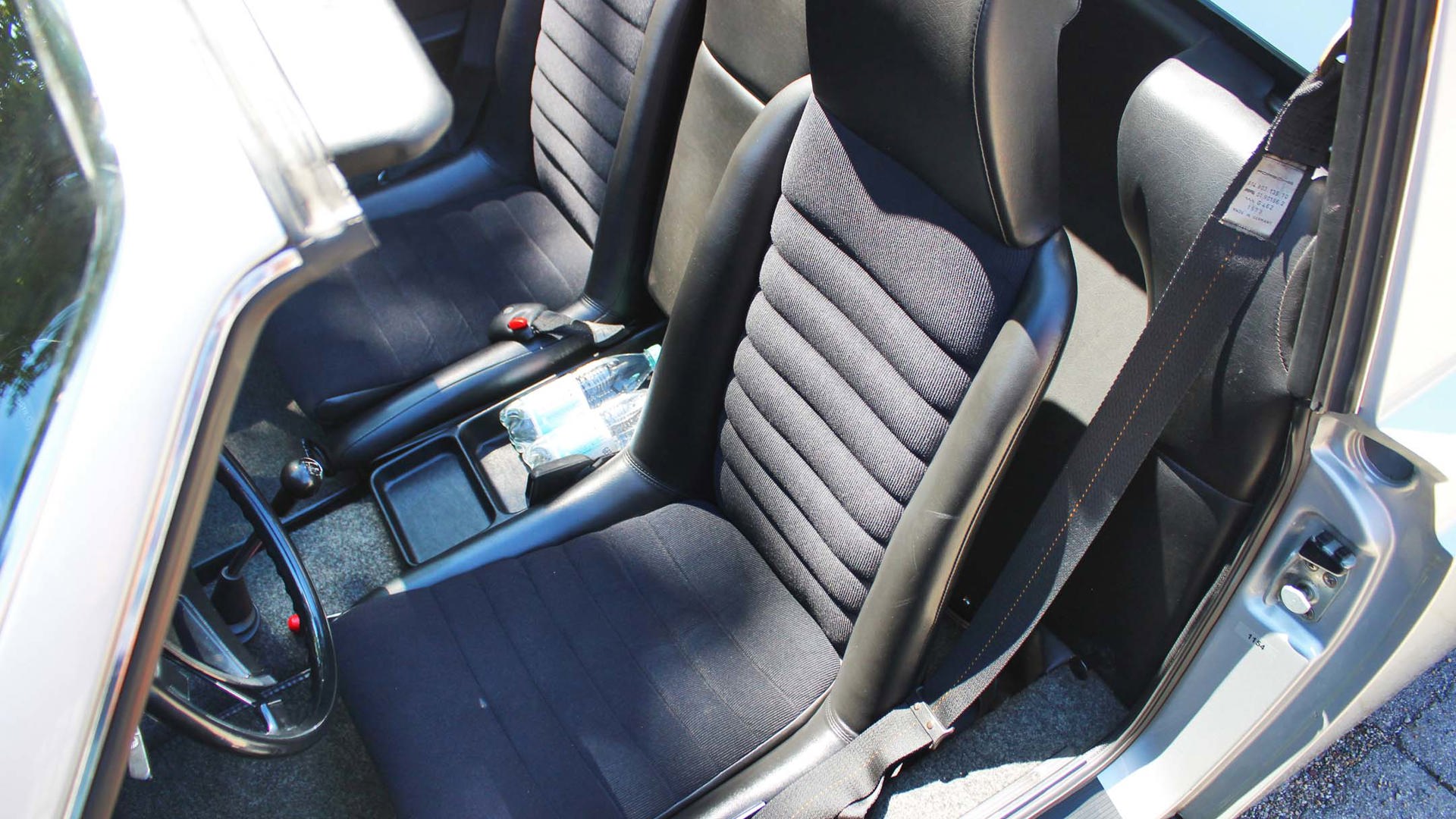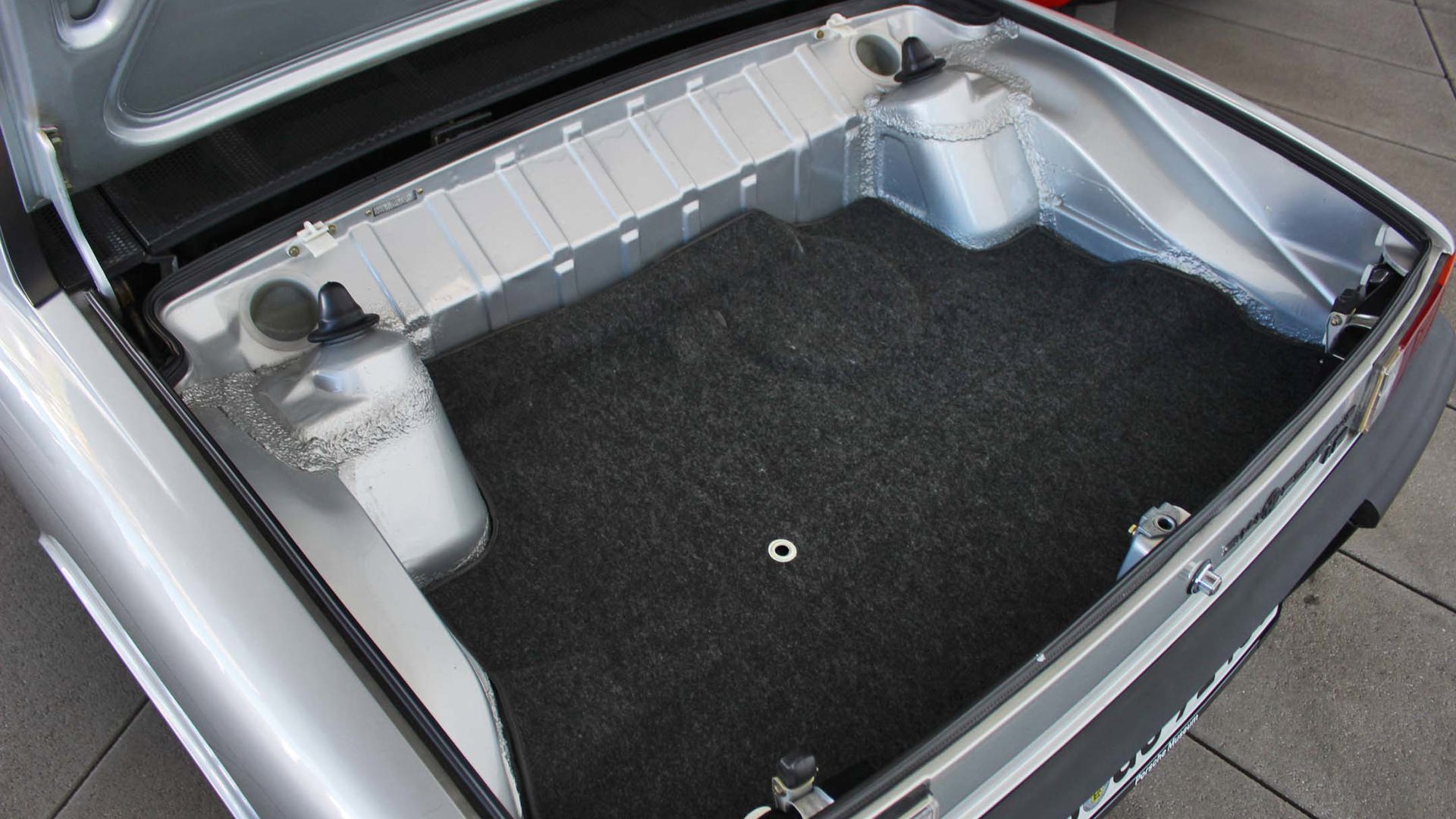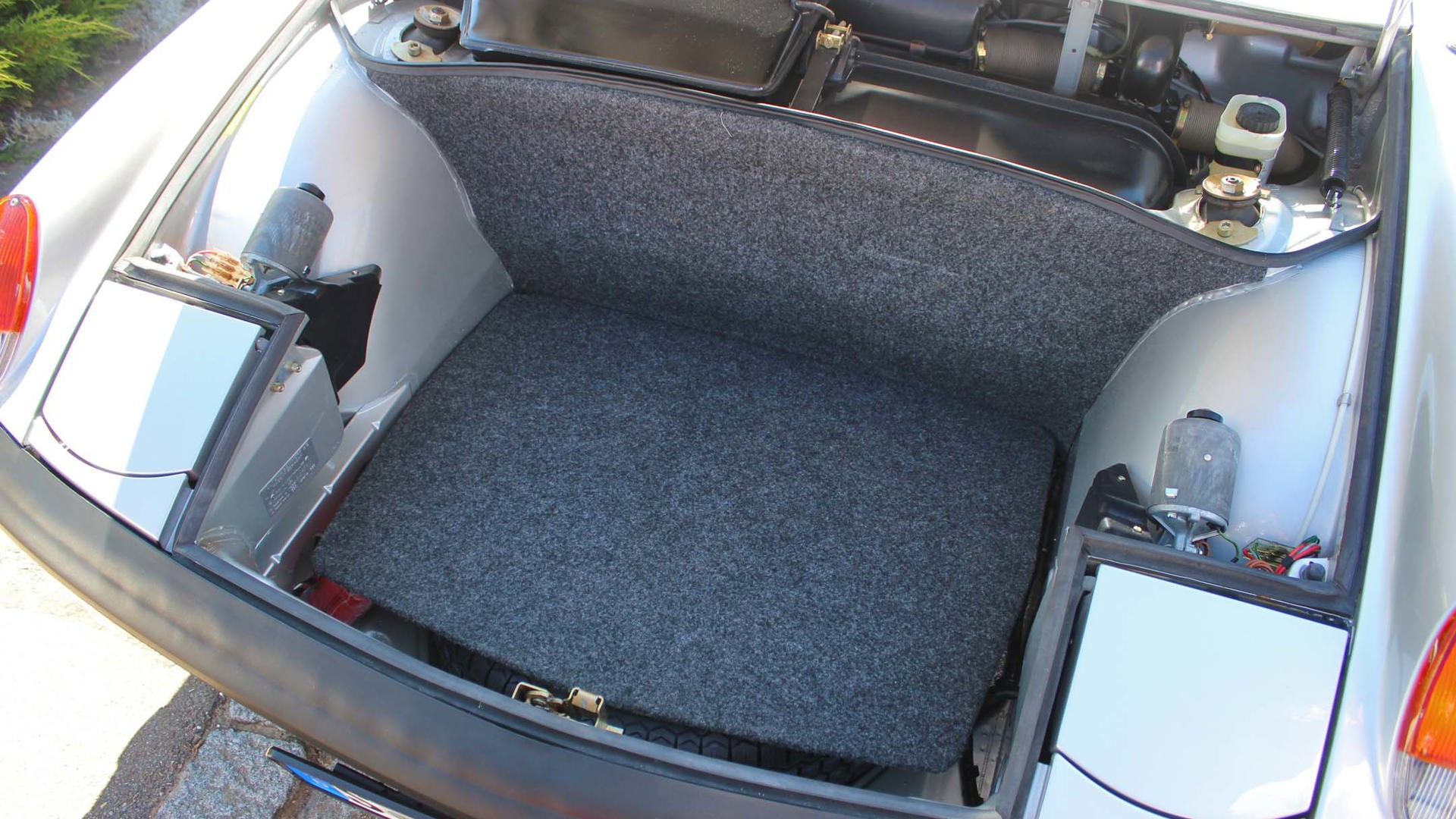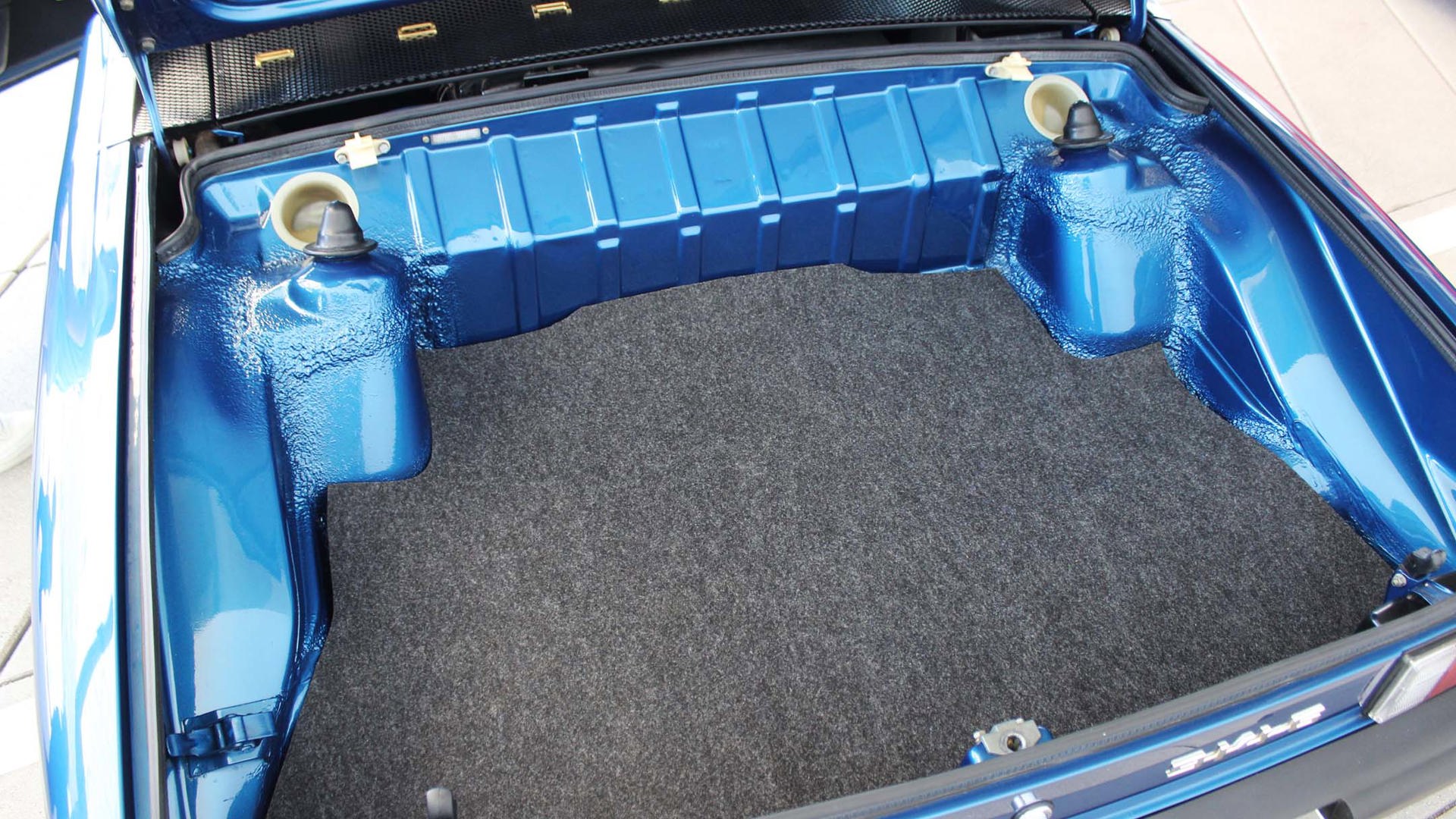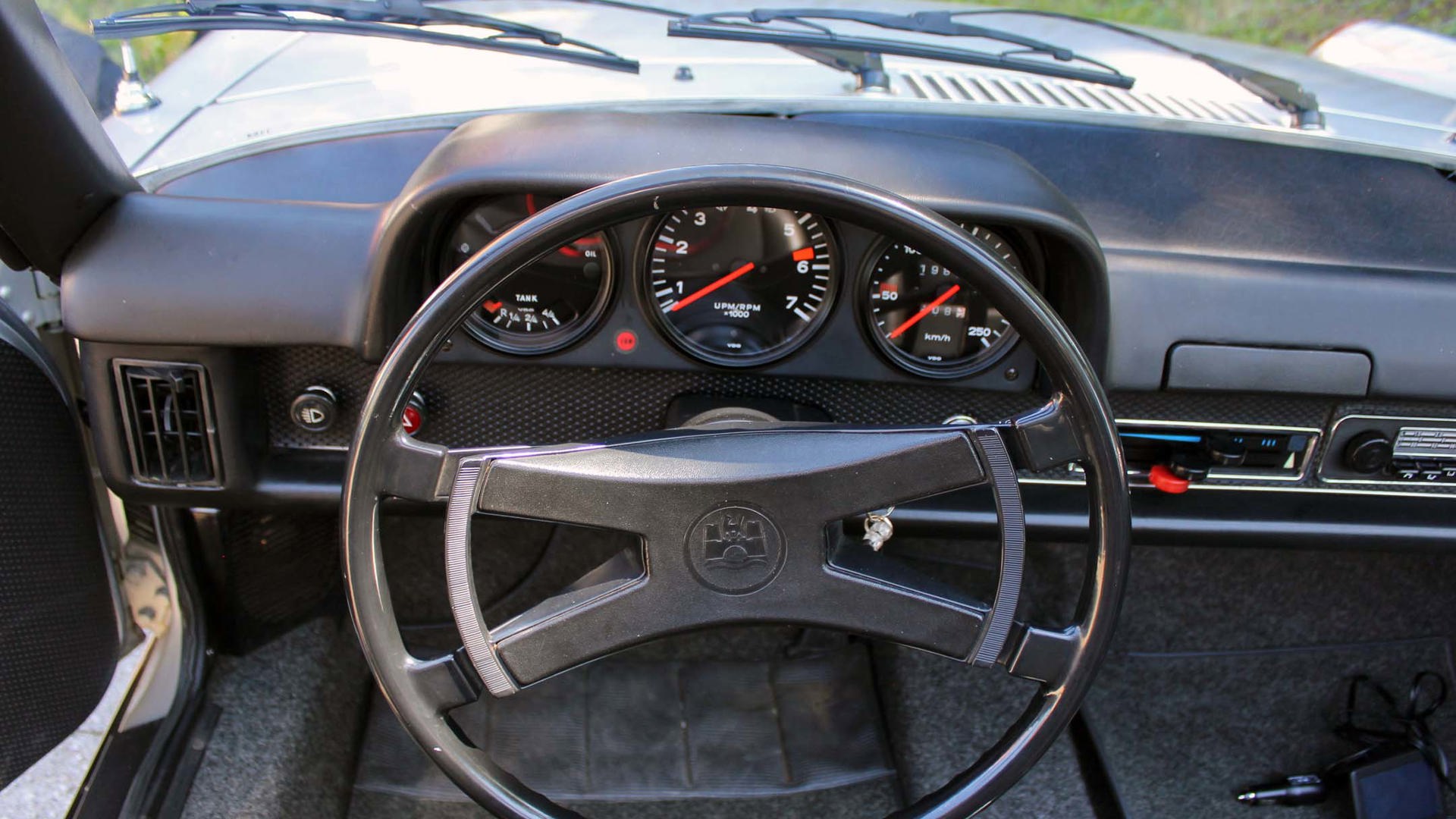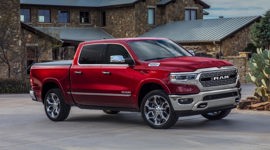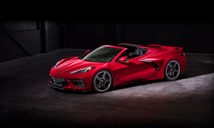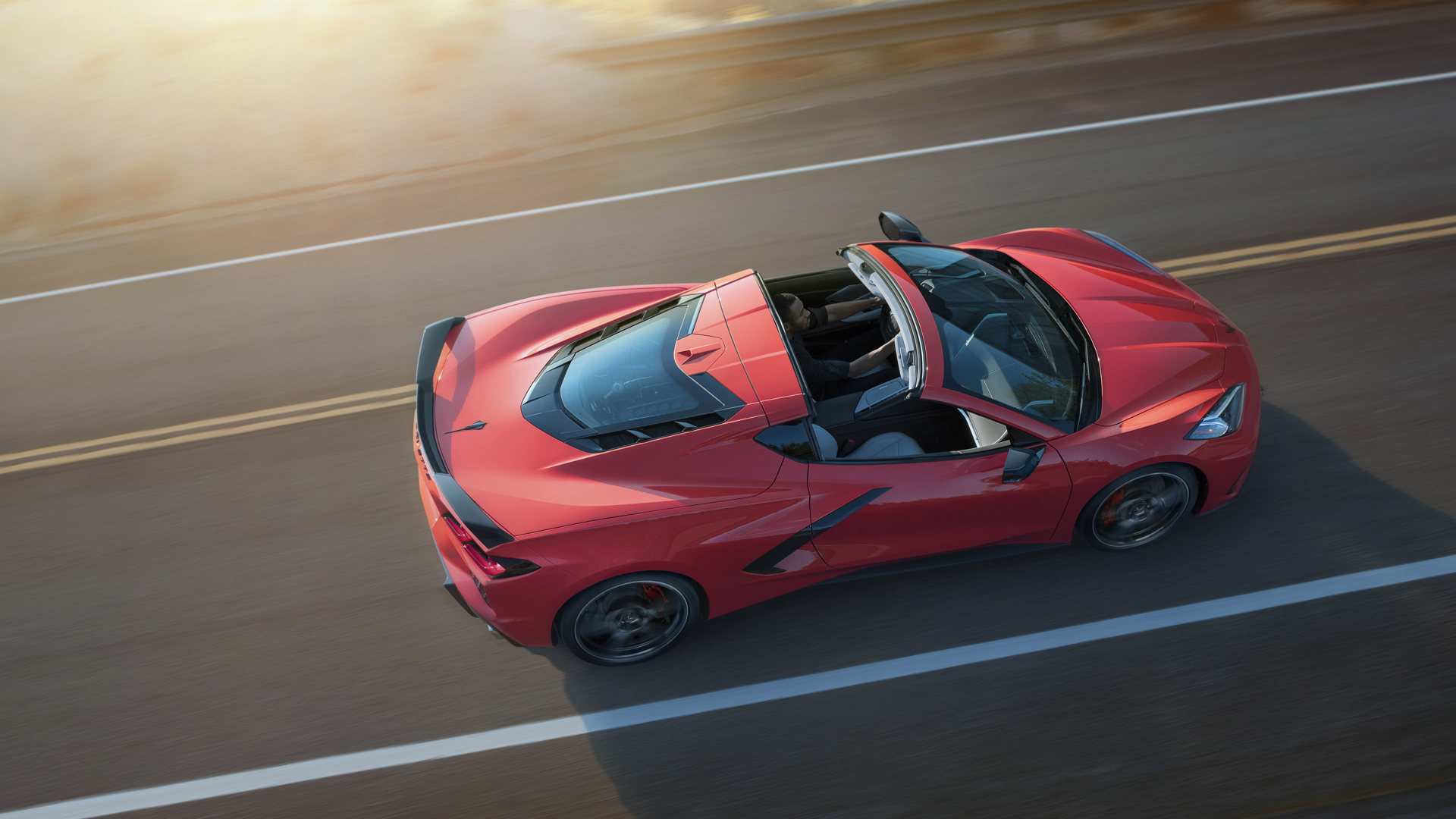There was a video game back in 2000: I had played many racing-themed video games up until that point; Gran Turismo, Need for Speed, and so on – but this one was different. It was a little more focussed, a little more for the connoisseur, one might say. It was called Need for Speed: Porsche Unleashed and as the title suggests, it featured one car brand and one car brand only: Porsche.
And it had everything: every 356 you could imagine, every 911, race cars like the 550 Spyder and 935/78 Moby Dick. As if that wasn’t enough, in a game that already had a zillion cars and in an era that predated the “buy now, buy again later” theme that runs rampant in today’s video games, PU had free downloadable cars that arrived a year or so after release. I remember everything about that game: the wins, the moments of joys, and the frustrations. Oh, the frustrations.
There were a few memorable ones, but the one that sticks with me to this day happened on a track simply called “Schwarzwald”. I didn’t know it at the time, but that means “Black Forest” in German, and it’s an area not far from where Porsche calls home in Stuttgart, Germany. It was a tough track and for some reason I simply could not understand, the car I was driving made it even tougher: a 1970 Porsche 914, with all of 85 – eighty-five! – horsepower.
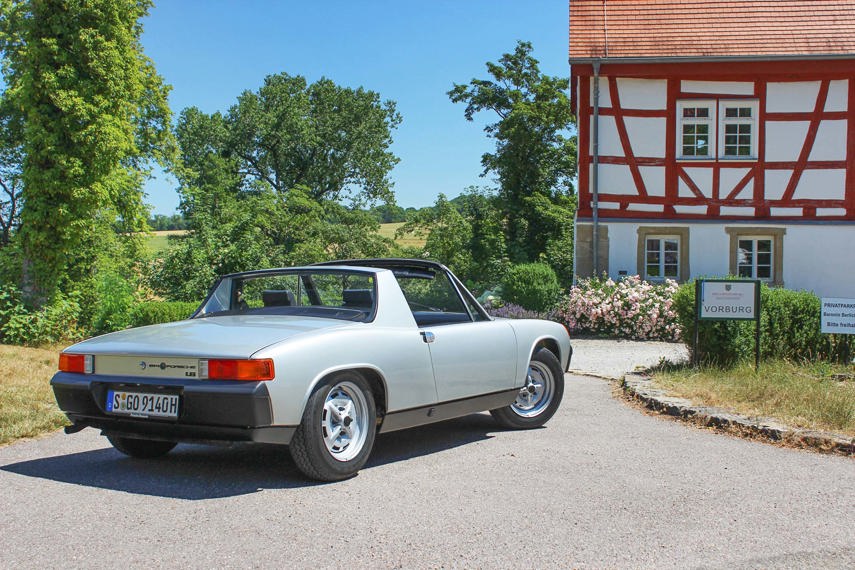
I just couldn’t keep it on the straight and narrow, even if I wasn’t going that fast. Not knowing why, and being the naïve kid I was, I naturally blamed the car. Now, I realize I blamed it not because it was tough to drive and slow, but mostly because it didn’t look like a Porsche, didn’t have its engine in the back like a Porsche should (actually, the original 1948 356 prototype had its engine on the middle – but I digress) and, well, you know, didn’t look like a freaking Porsche!
Today, the 914 is a fairly sought-after affair, thanks in no small part to it being a relatively easy way of getting into a Porsche for a newbie, and a relatively easy way of tracking your Porsche for the more experienced.
It was with all that in mind that I set off to the German state of Baden-Württemberg – state capital: Stuttgart – to finally give this most misunderstood of Porsches a try.
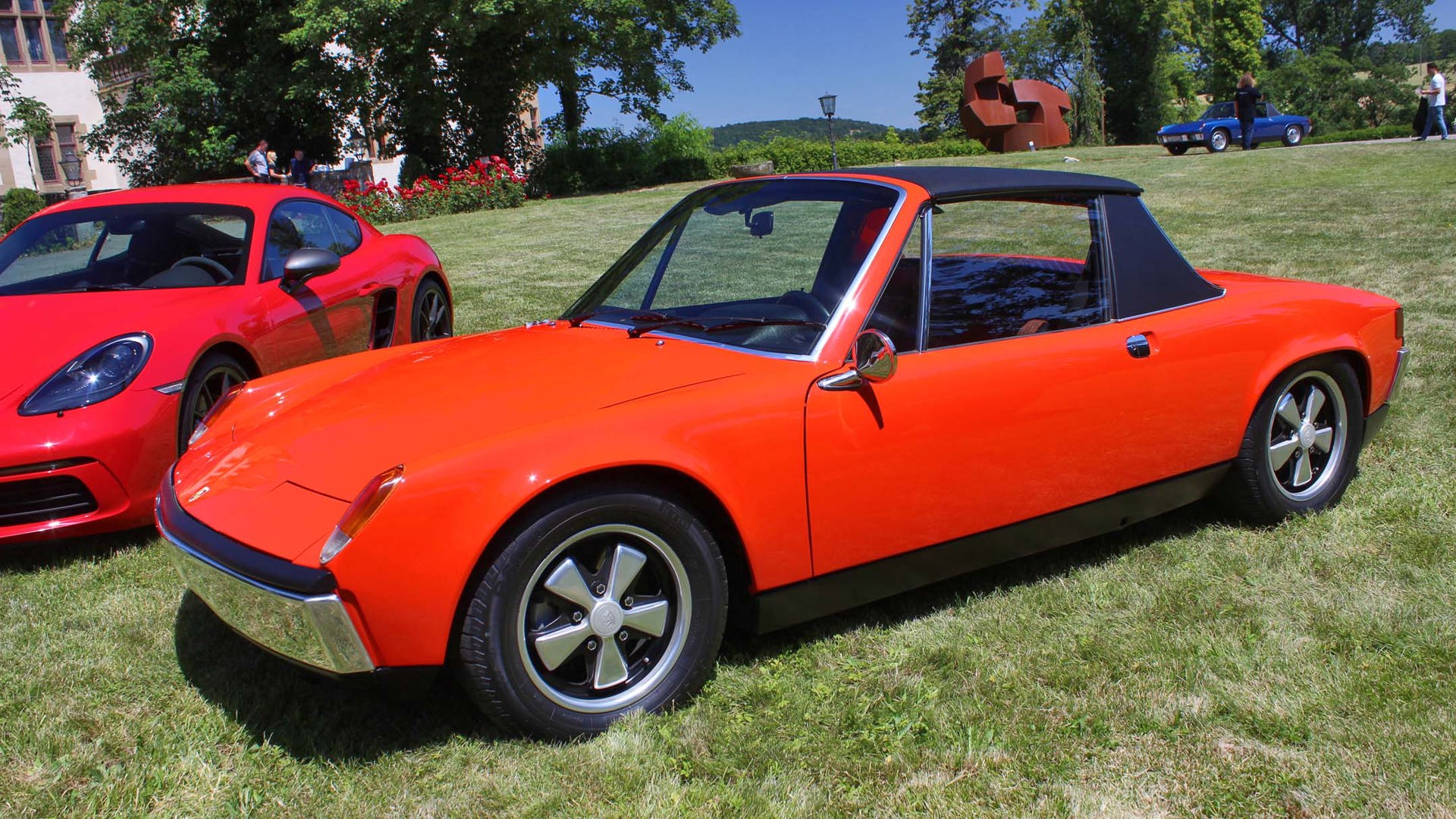
First, though, a little history
The 914 was developed in partnership with Volkswagen: Porsche needed a less expensive car for broader market appeal – in the US especially – and VW needed something sporty to replace the aging Karmann-Ghia. That explains why it arrived in the US with “Porsche” on its rear deck, and “Volkswagen” in Europe. They couldn’t make it a full convertible due to regulations in the all-important US market, but Americans of the era loved their drop-tops so the 914 was given a targa body style in a classic example of loophole abuse.
The early models had just a four-cylinder engine (like the silver 1974 car you see here) built in VW’s Wolfsburg HQ, while later 914/6 models with a flat-six cylinder had their engines built in Porsche’s Zuffenhausen factory. There have been various engines since – including an eight-cylinder variant that shared its engine with the Porsche 908 race car. Two of these were built: a silver one was given to Ferry Porsche – son of Porsche founder Ferdinand – on his 60th birthday, while the red car seen here was given to race engineer Ferdinand Piëch.
The plan worked. 70 percent of 914 sales from 1969–75 went to the US, bearing the famous Porsche badge; the brand had finally established a solid footing on American soil. Already, it seems my juvenile angst surrounding the 914 seems unfounded – and we haven’t even talked about the drive yet!
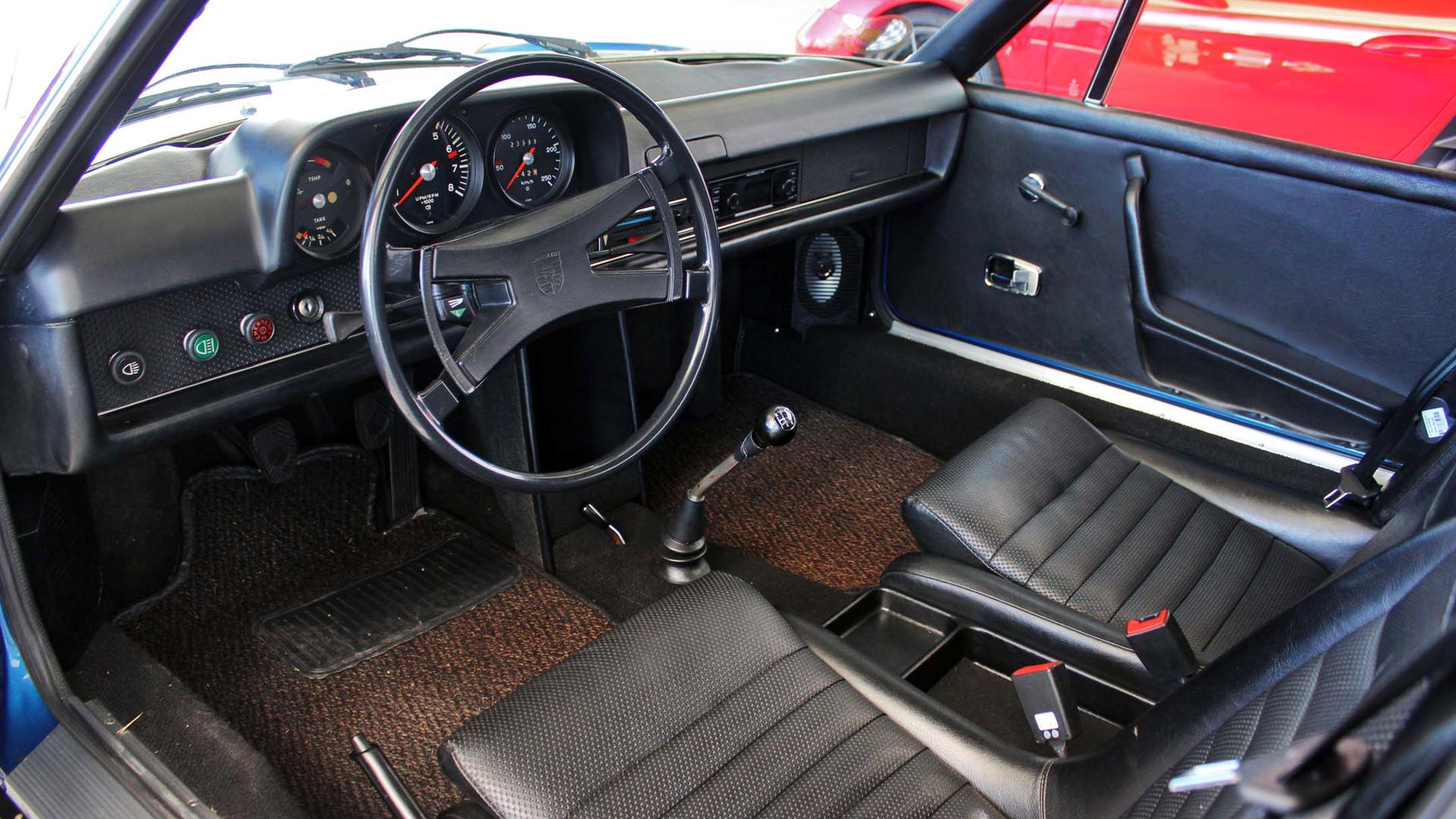
Let’s get underway, shall we?
My first concern turned out to be unfounded: getting in and out of the 914 is no problem, and the seat slides fore and aft so that I actually had a tolerable amount of legroom. Even with the targa top installed, I could fit. Of course, while it was in place at first, we quickly stowed it neatly in the rear storage compartment (there’s a front compartment too), which features some nifty latches to firmly lock the top in place. The hardest part ended up being the seatbelt adjustment – these aren’t your typical pre-tensioners, but ones that took some considerable time and effort to adjust.
Once I was past all that, though, the Porsche Unleashed memories came flooding back, for that game featured fully digitized cockpits of all the cars in the game, and I recalled the 914’s gauges and awkwardly spoked steering wheel right away. This was actually happening!
The cars we were given the chance to drive are part of the Porsche collection. They spend most of their days at the Porsche museum, where we started our drive. It’s hard to express in photos or text how cool it is to jump into a classic Porsche, and literally drive it off the museum’s front stoop; it’s such a rare thing that we didn’t even have a real driveway to the road, but rather had to thread our way through two bollards.
That’s once we figured out how to get it rolling, of course.
Since the spindly levered, H-pattern gearbox features a dogleg first gear, even getting it to slot – that’s down and to the left, chap – is a challenge. Rolling off from start is relatively easy as these cars and their clutches are kept in immaculate condition, but like finding first, finding second is no picnic, either – it’s up and to the right, where third would normally be. But since the slots are so narrow, I embarrassingly found myself struggling along in fourth – which sits where fifth normally would – on a number of occasions. Amazingly, even with 85 hp, it didn’t stall – such is life when you only weigh about 950 kilos.
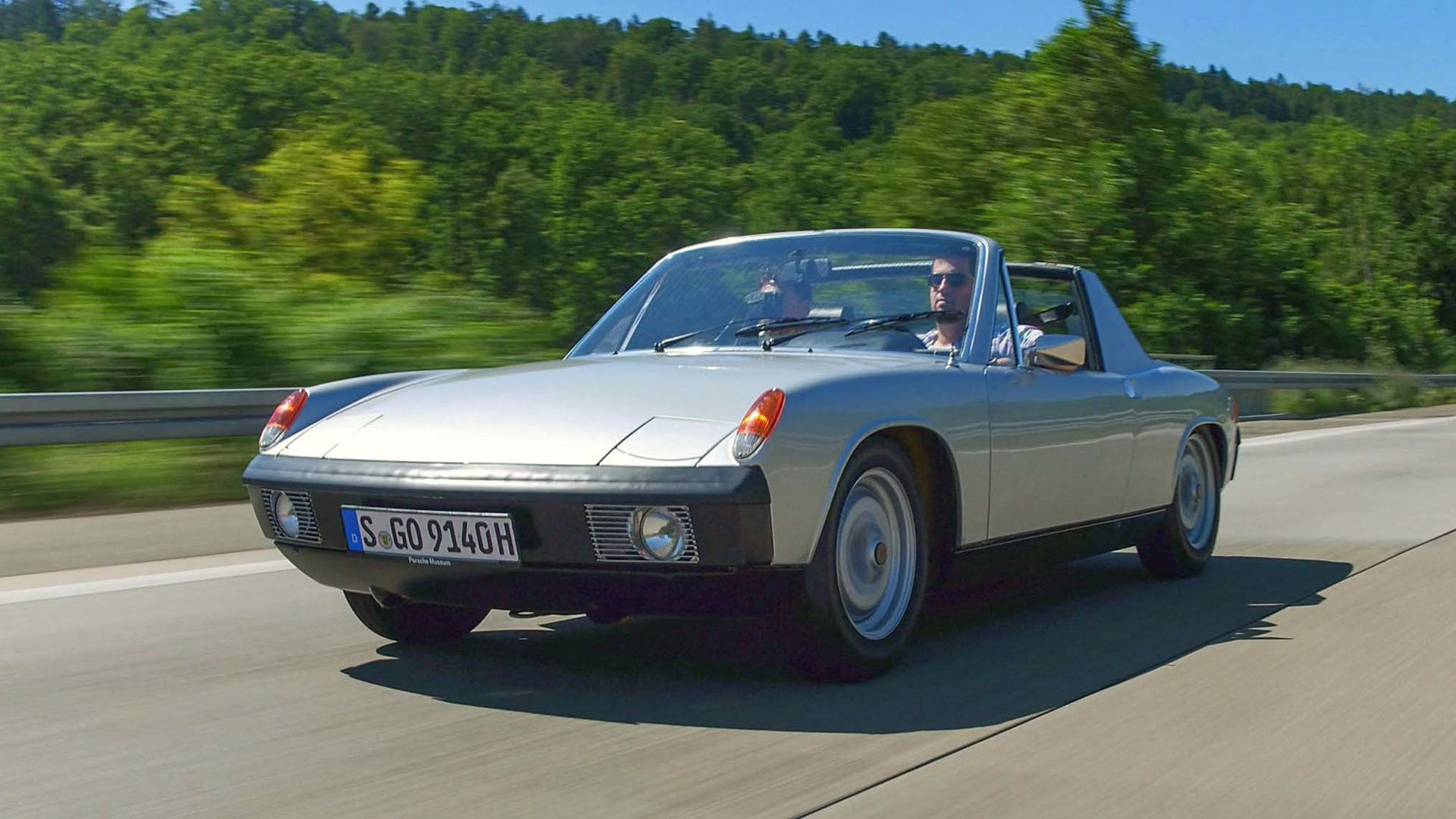
Where rubber meets road
Once you’ve got some wind in your sails, however, all of that tends to fall by the wayside, as you sit back and enjoy the classic, off-beat, metallic flat-four warble coming from just behind your head. There is just something so perfect about that engine note, something so classic that no matter which body style it’s in, it just speaks “Porsche” (or, you know, VW).
Of course, it being a pretty basic naturally aspirated motor with not a huge amount of power, you’re never going to get that hit of acceleration at any point in the rev band. But forward progress remains surprisingly brisk thanks to that low curb weight. There were a few instances where I just wasn’t able to keep up with the faster cars ahead of me, but out on the highway – yes, some portions of which were derestricted – it’s able to gain a head of steam, with 5–4 or 4–3 downshifts letting you keep it in the meat of the power band. Once you do finally nail one of those shifts, it feels glorious – and you need to nail those to get the most out of the 914. Bored on the highway? Just tug the headlight switch to the left of the wheel. You’ll never get tired of seeing those pop-up headlamps appear, I can guarantee it.
Once on the twisty backroads that populate the area, getting the most out of the 914 becomes less an exercise of brute downshift force, and more one of relaxing your hands on the wheel and allowing the car and the road to meld. Steering inputs are responsive – though since it’s not power assisted, it takes work – and you really do feel like there’s very little between you and the road below.
That, of course, is how a good sporting car should be, and clearly both Porsche and VW understood their customers as they developed the 914. Yes, you have to be careful with the mechanical, unassisted brake pedal lest you travel a little too deeply into a corner (or too close to the rear bumper ahead of you); but for me, that’s all part of the experience.
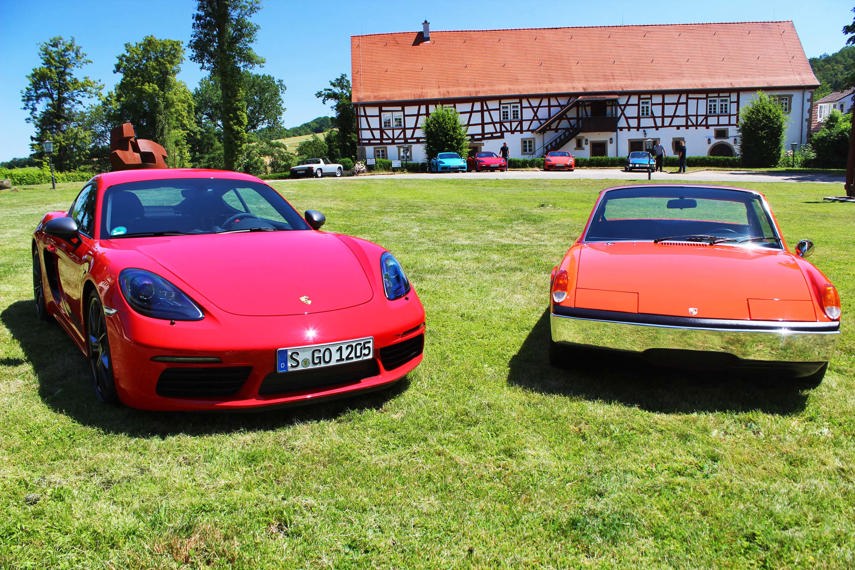
A winning formula, 50 years on
I heard some of my colleagues on the event take issue with all of that, but isn’t that what driving an classic car is all about? Some may say that just because a car’s old, doesn’t mean it has carte blanche when it comes to various mechanical oddities; but I would argue with anyone who steps out of a 914 saying it’s a bad car.
We also had the chance to experience the modern 718 Boxster T during the event, a trim which is supposed to have driving purity as its main focus. As a result, it gets all sorts of strip-down nips and tucks in order to achieve that goal: infotainment delete, nylon straps as door pulls, standard six-speed manual transmission, lowered ride height. Though it’s as far down the Porsche mid-engine lineup as you can get right now, it’s actually the closest to its 914 ancestor – the progenitor of the mid-engine Porsche road car, really. We talk about progress, and here’s one of the world’s foremost sports car manufacturers – with access to all sorts of technical wizardry, from dual-clutch autos to EV powertrains – and their latest model is a stripped down, no-holds-barred cracker of a driver’s – yes, a driver’s – car.
Like my feelings about the 914 post-video-game experience, I have to say that those who complain about the tough-to-slot gear shift may be a little hasty. I, too, have driven older cars with easier transmissions – a 1962 Corvette and 1969 Jaguar XKE come immediately to mind – and while I know that the 914 asks more of you than other cars from that era, I was content to just sit back, keep my eyes on those ultra-’70s gauges, and let one of the pioneers in the Porsche canon whisk me away – wind in my hair, flat-four at my back, grin from ear-to-ear.
